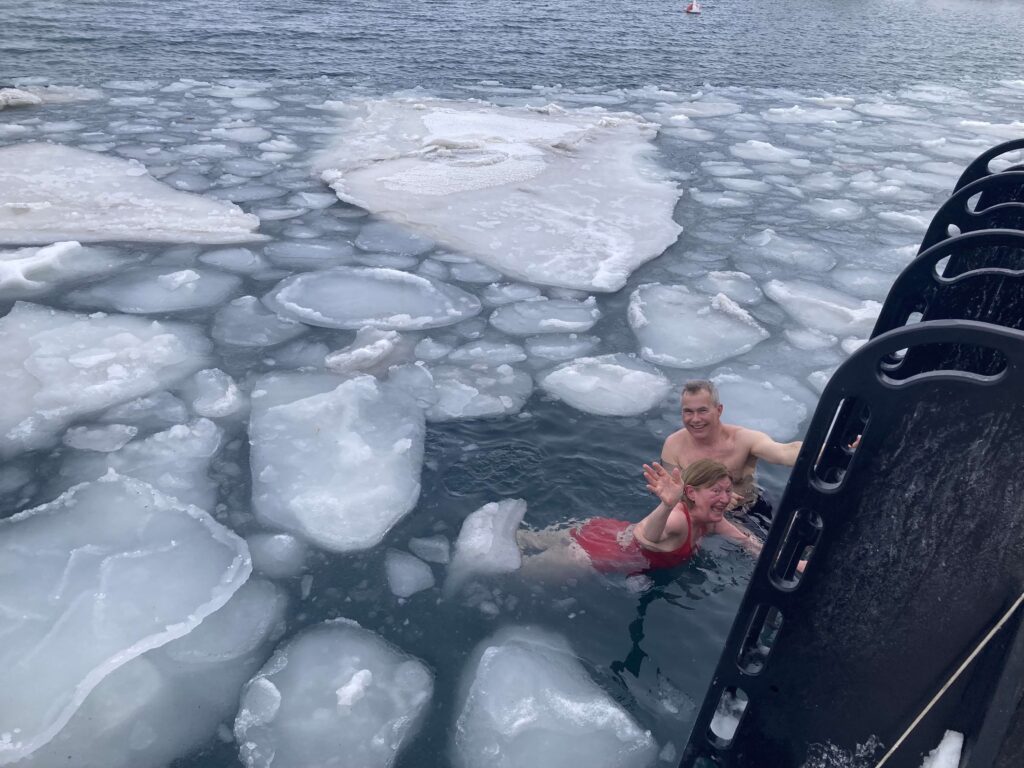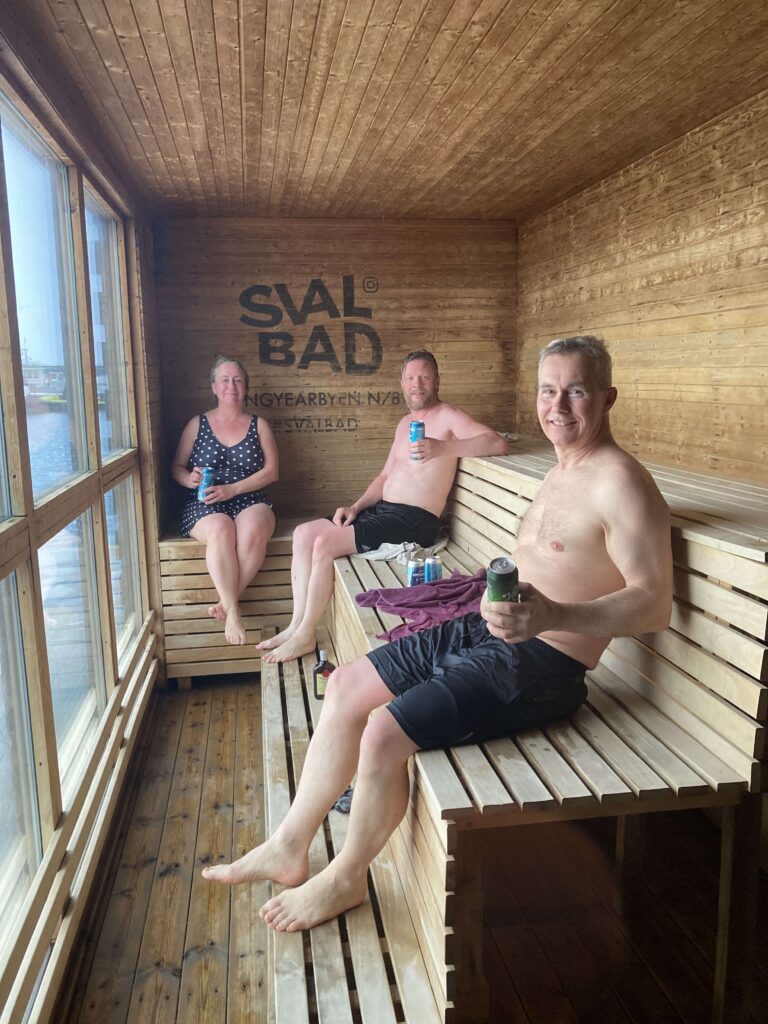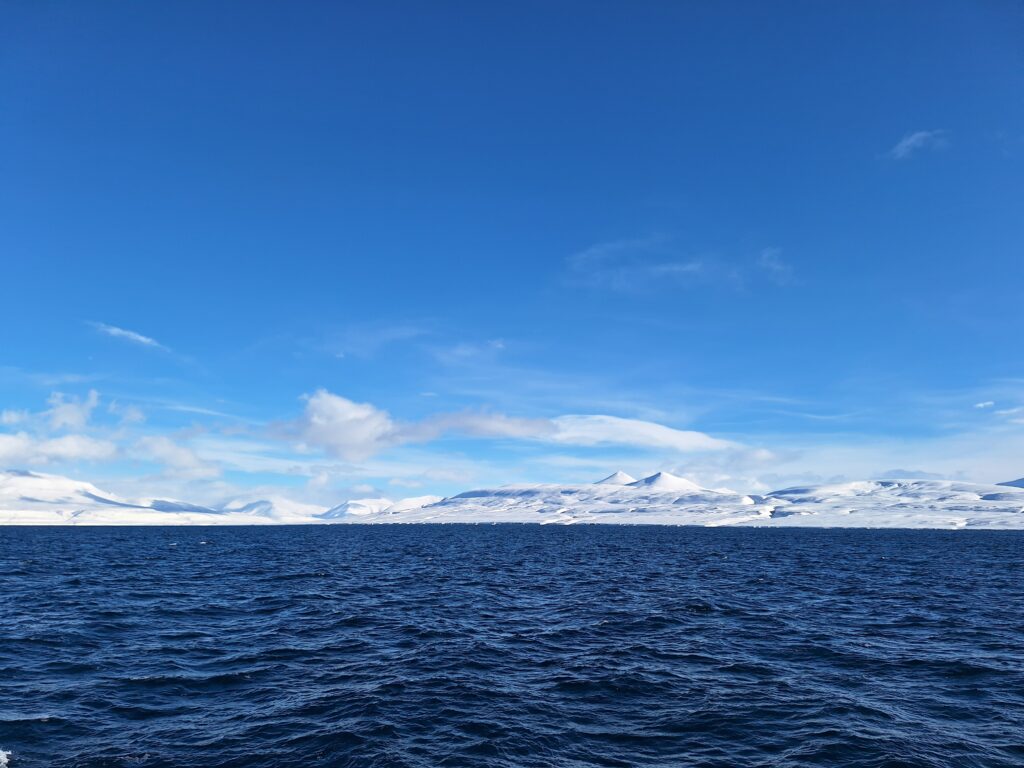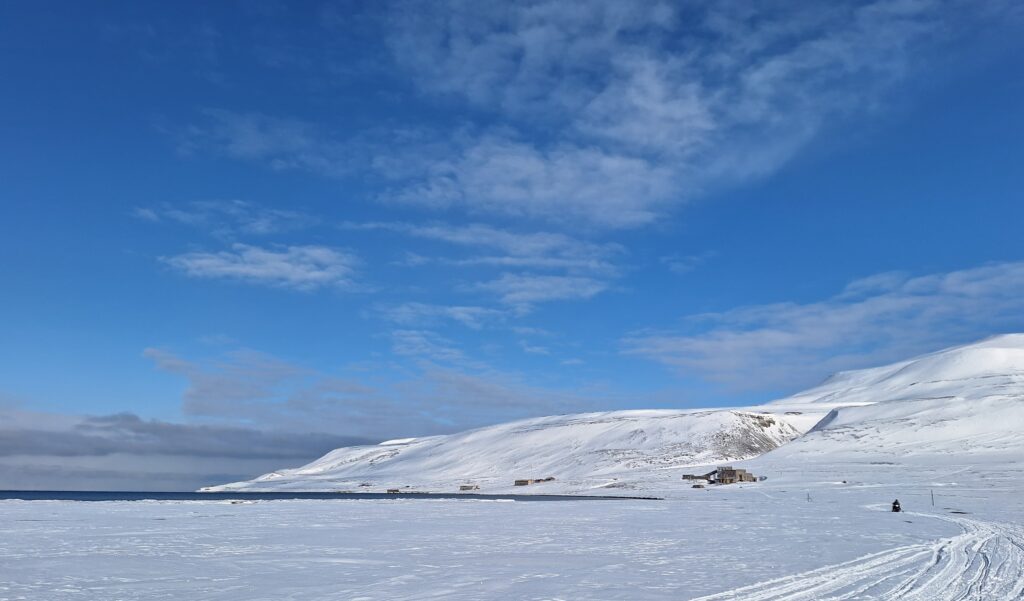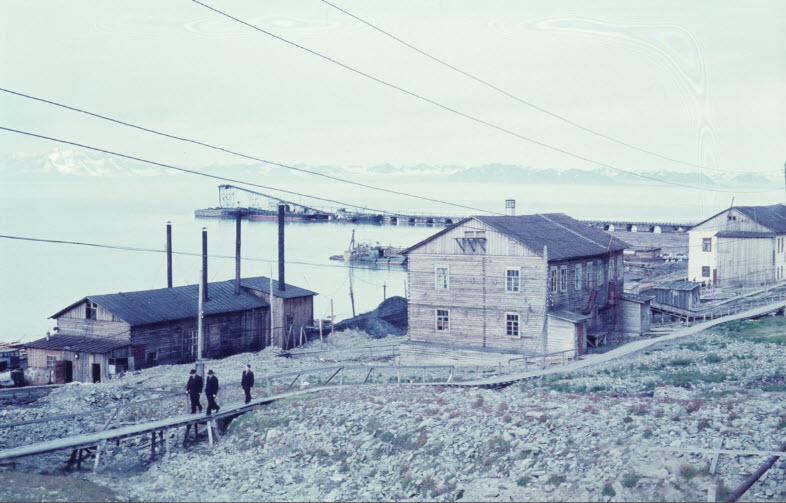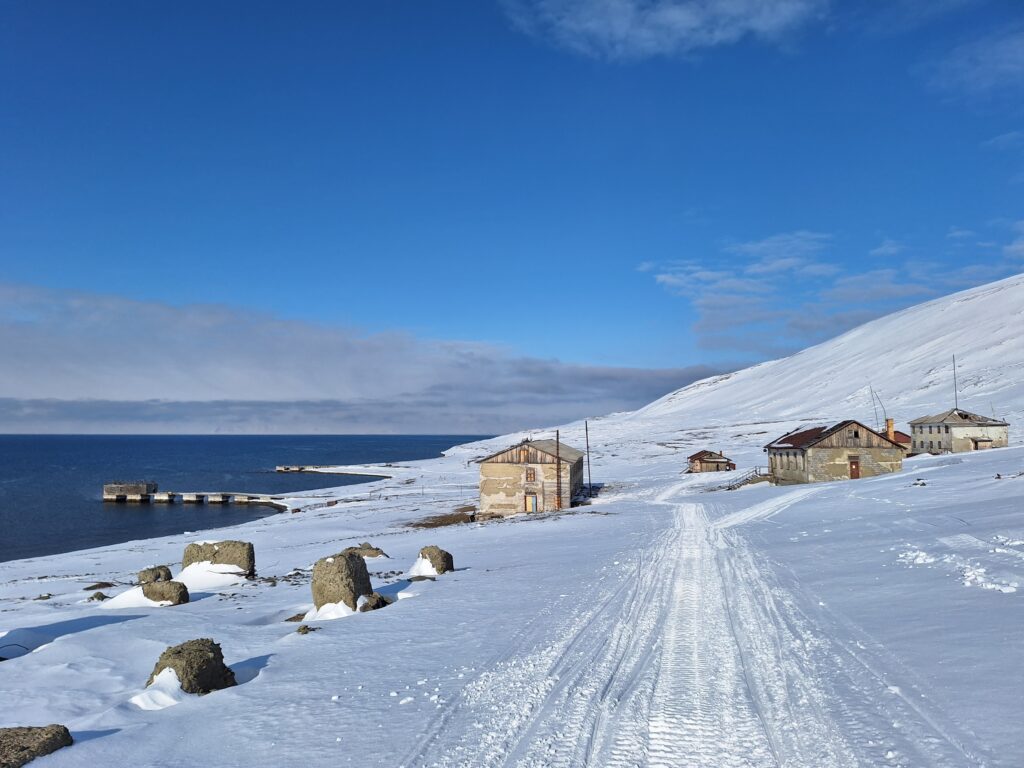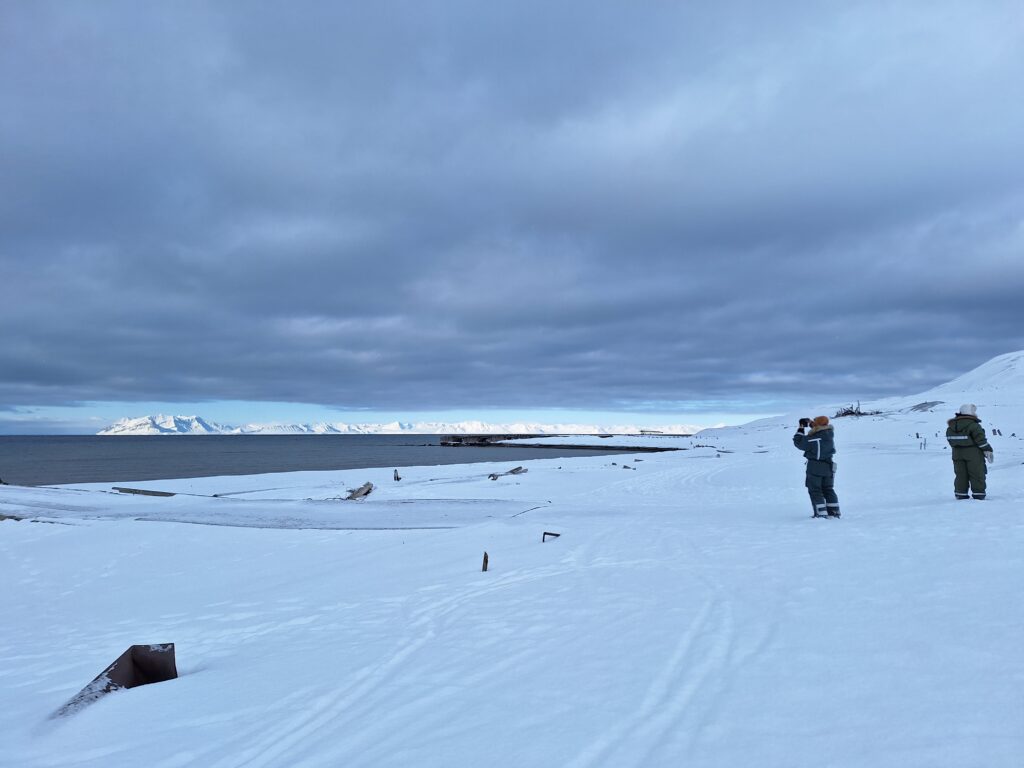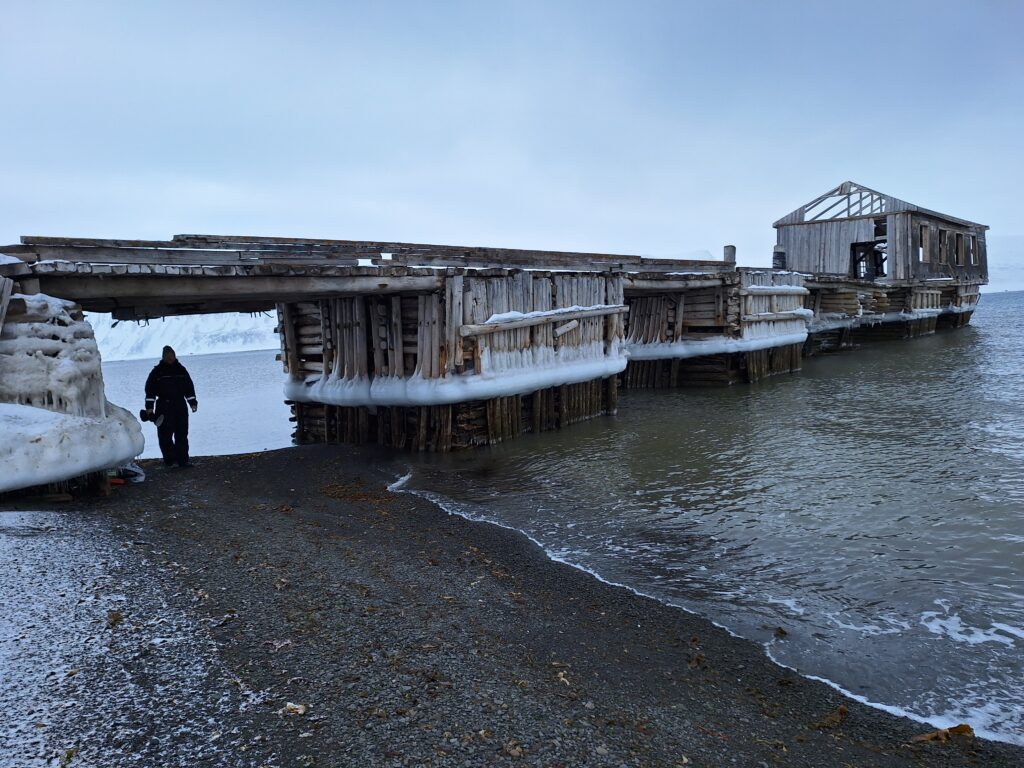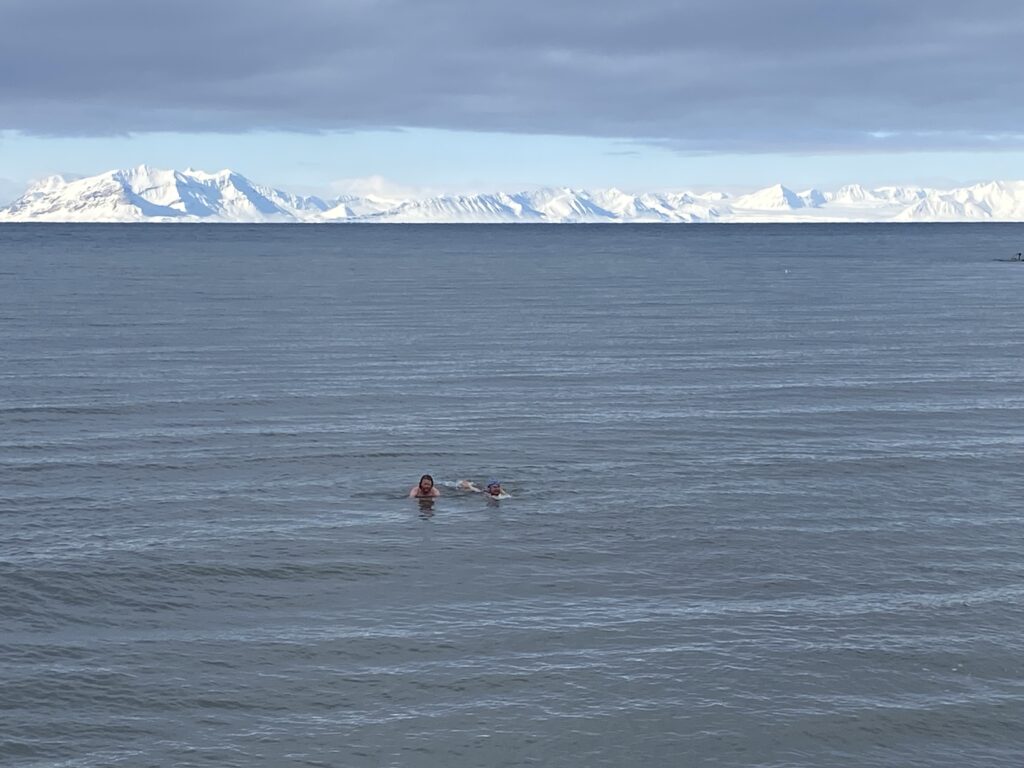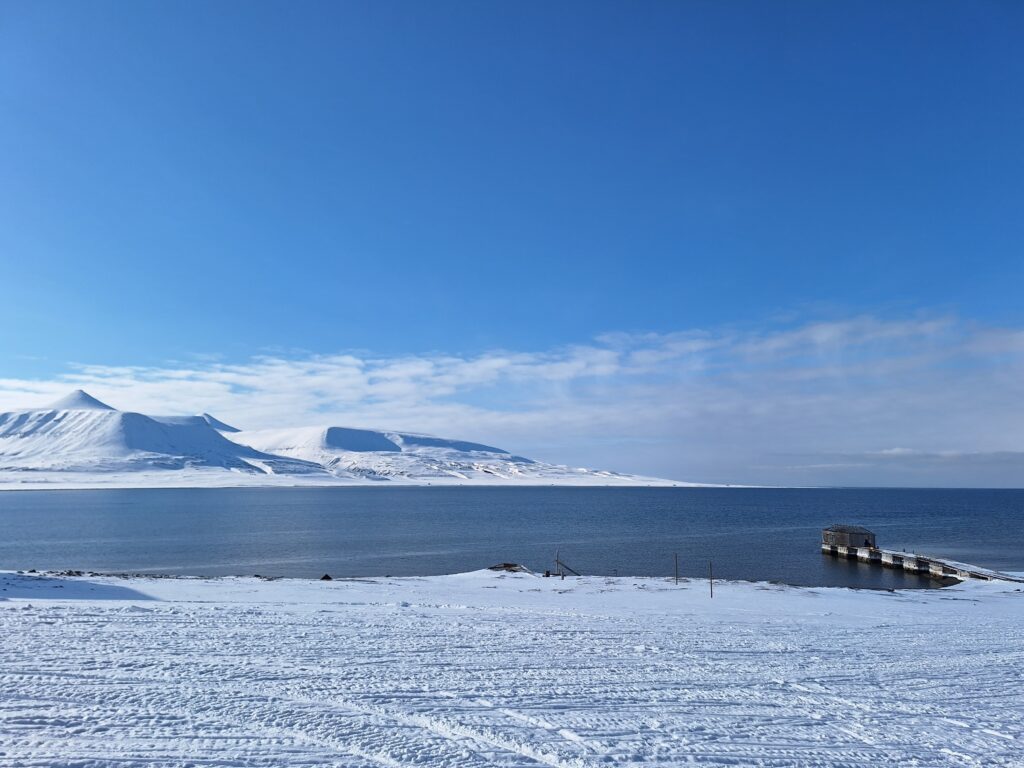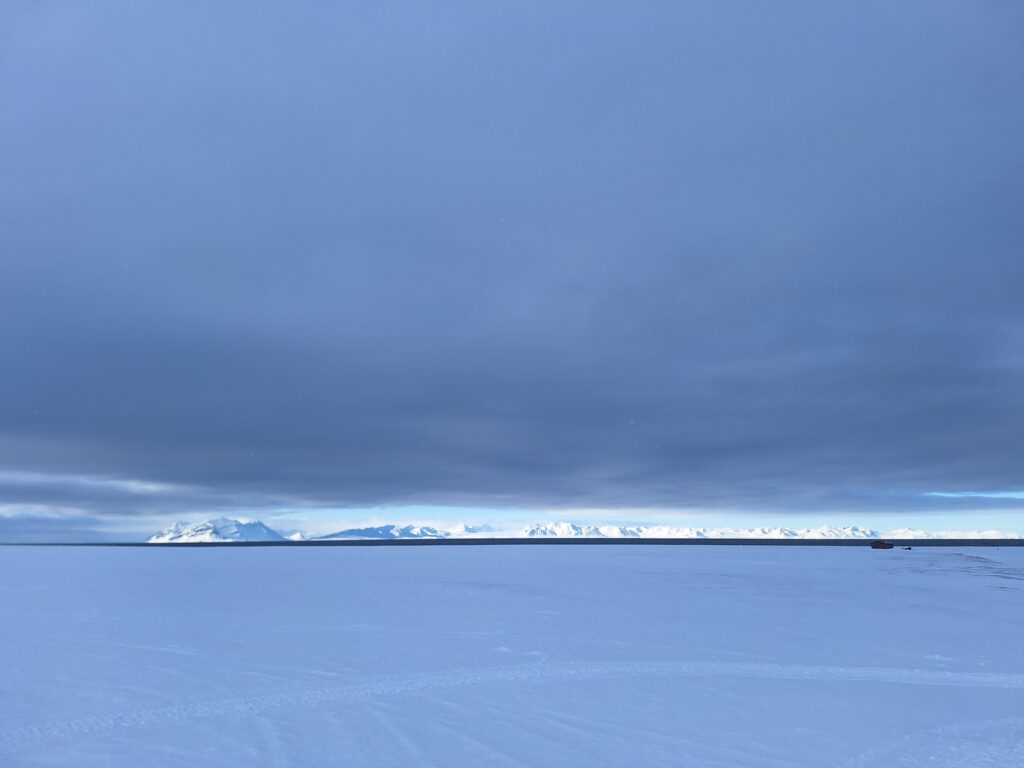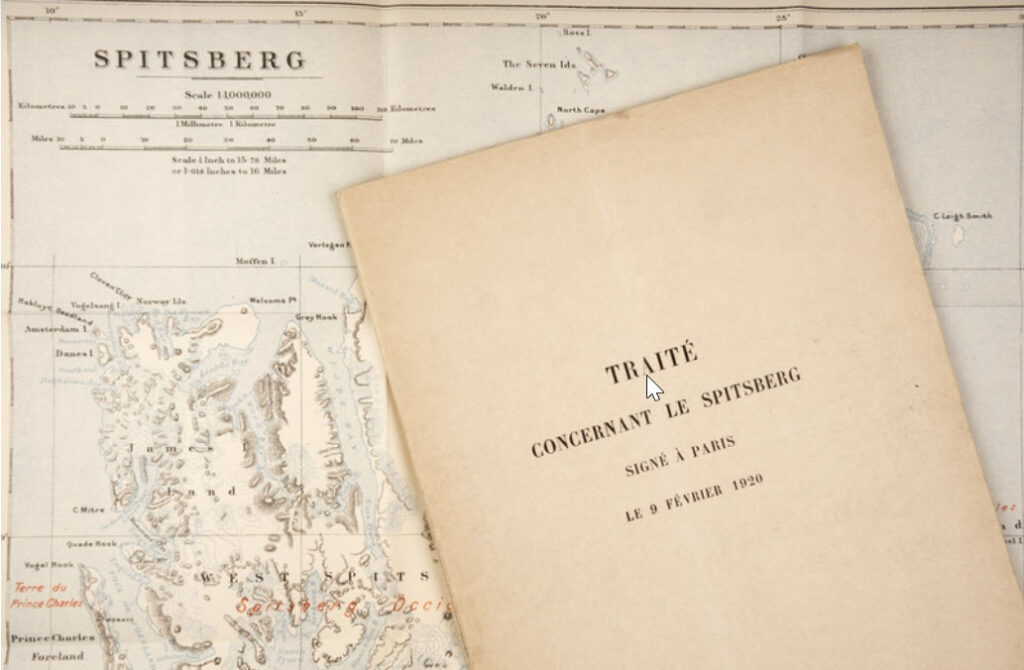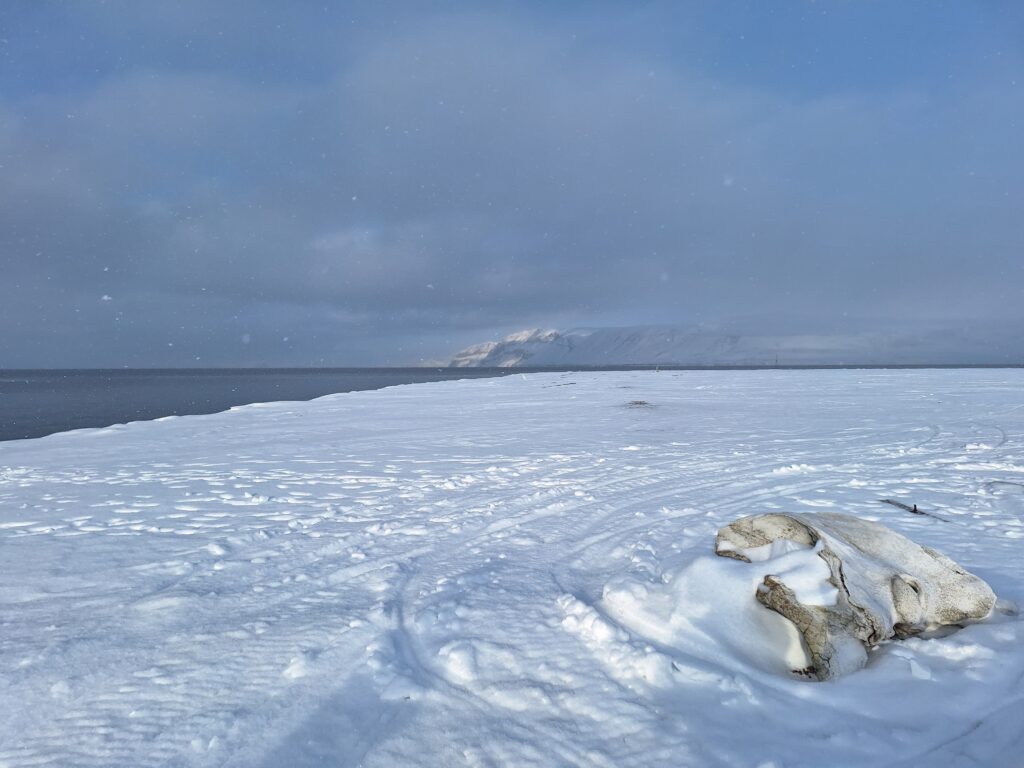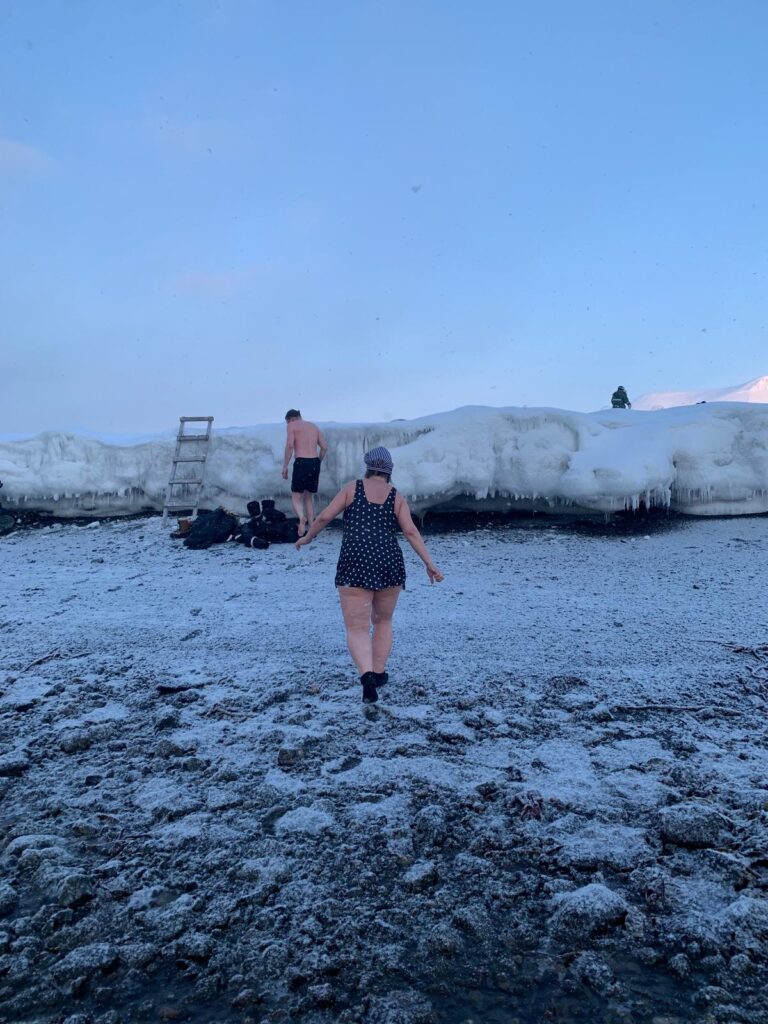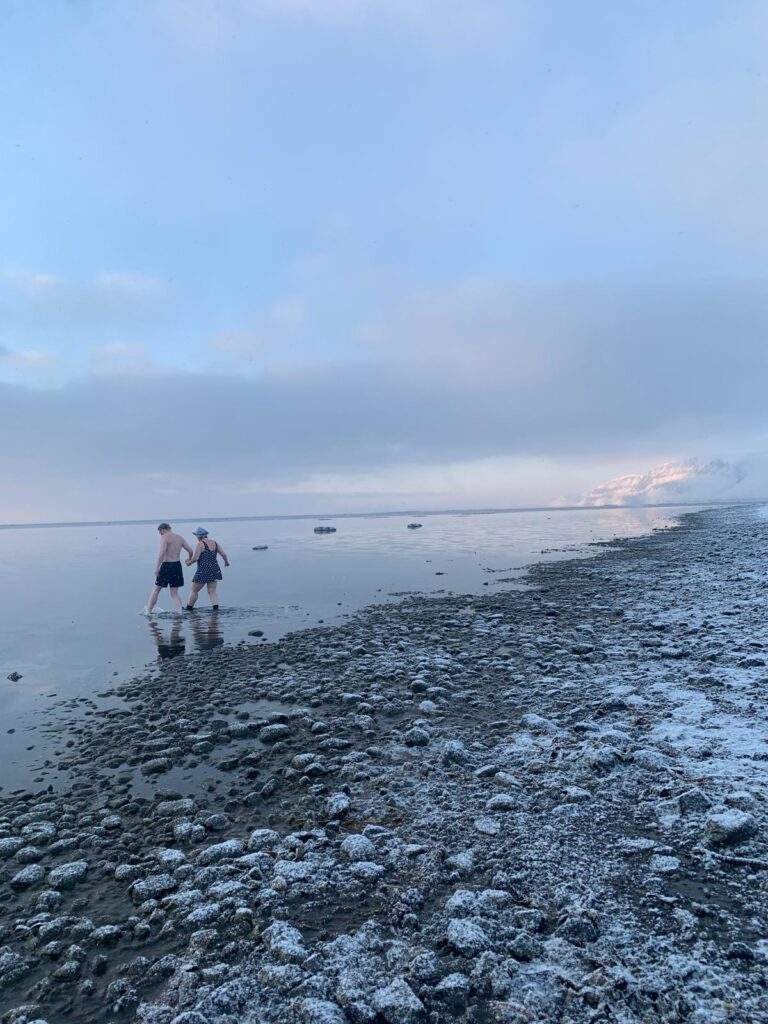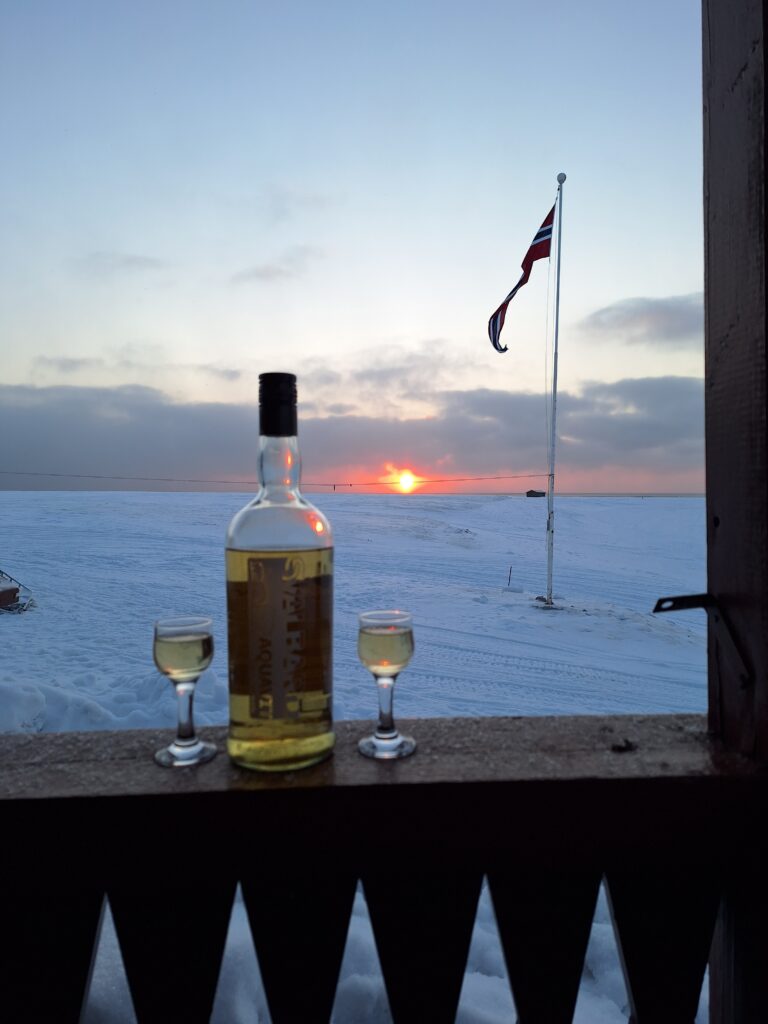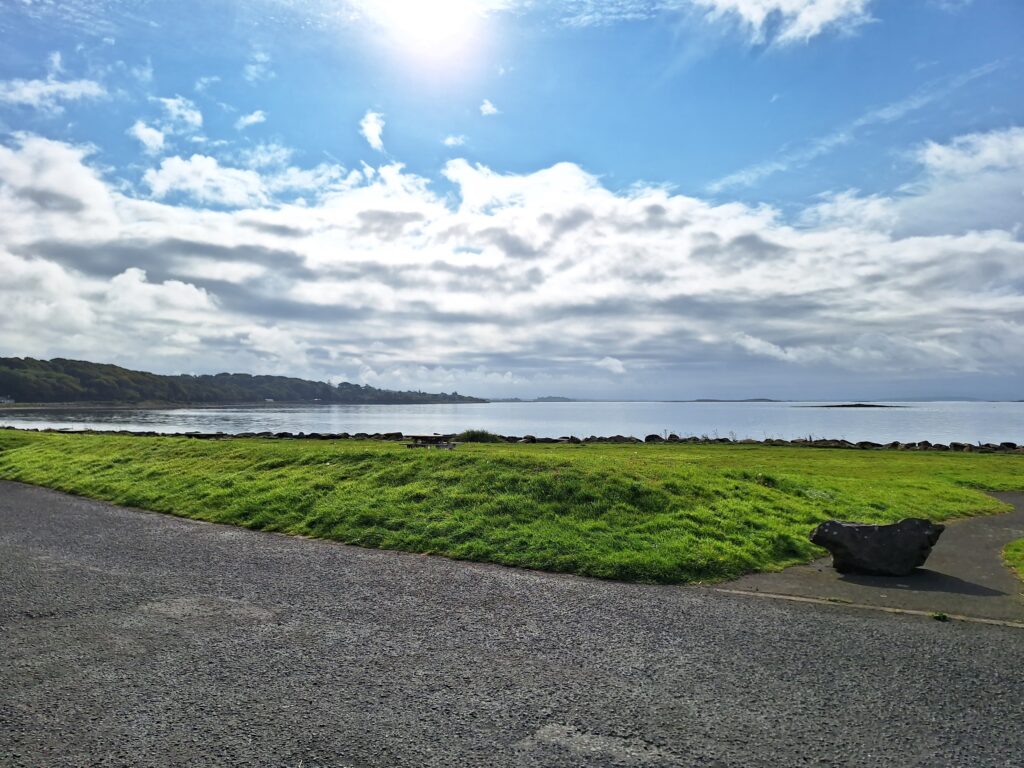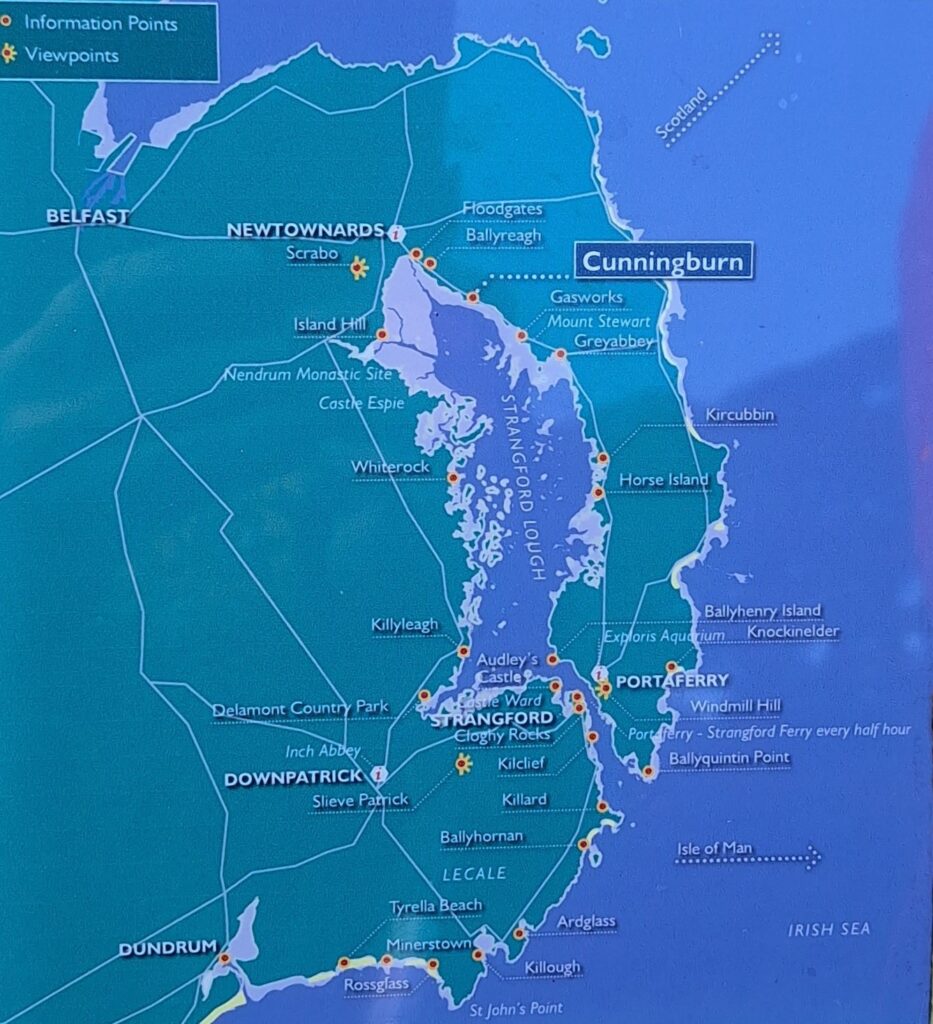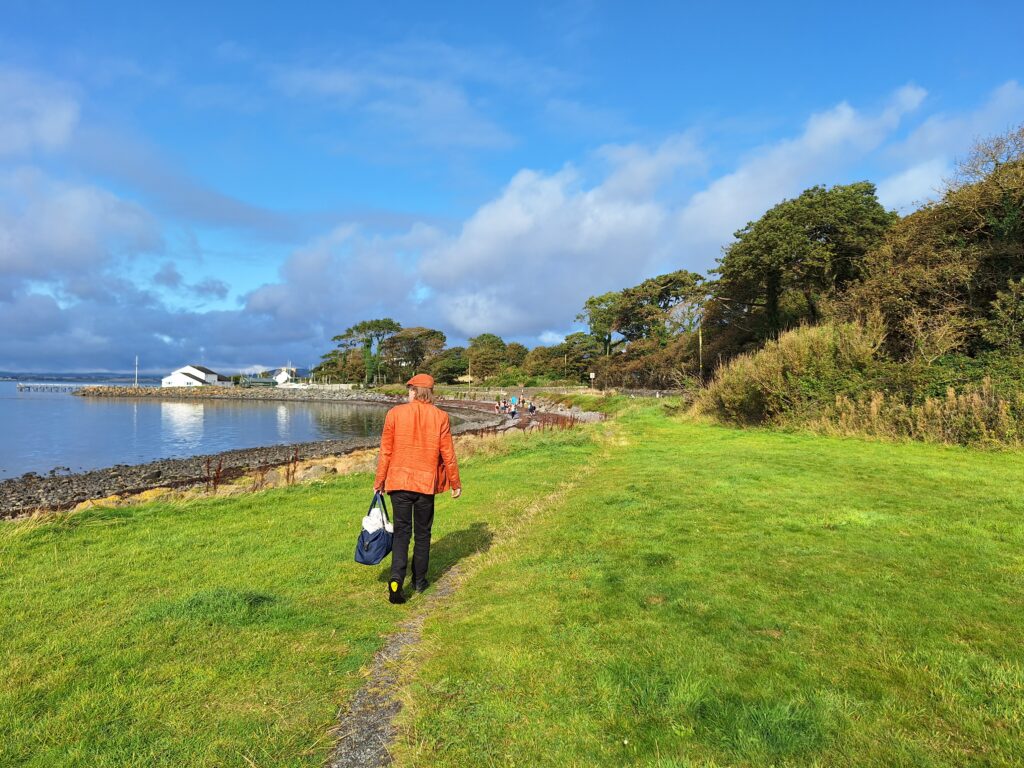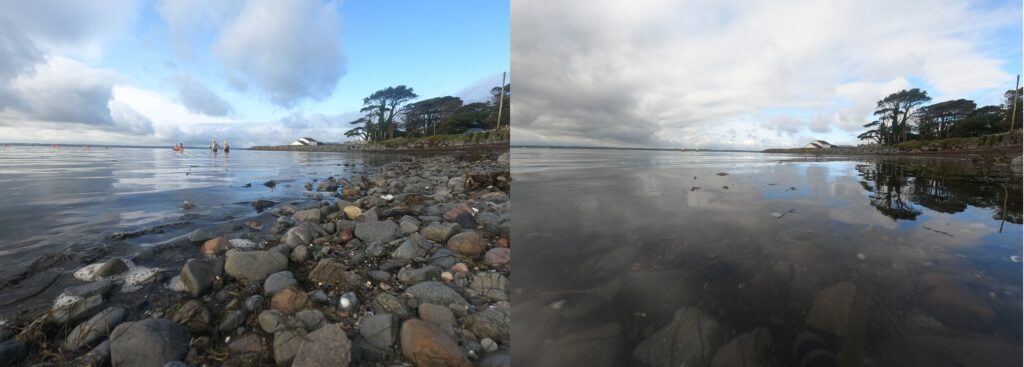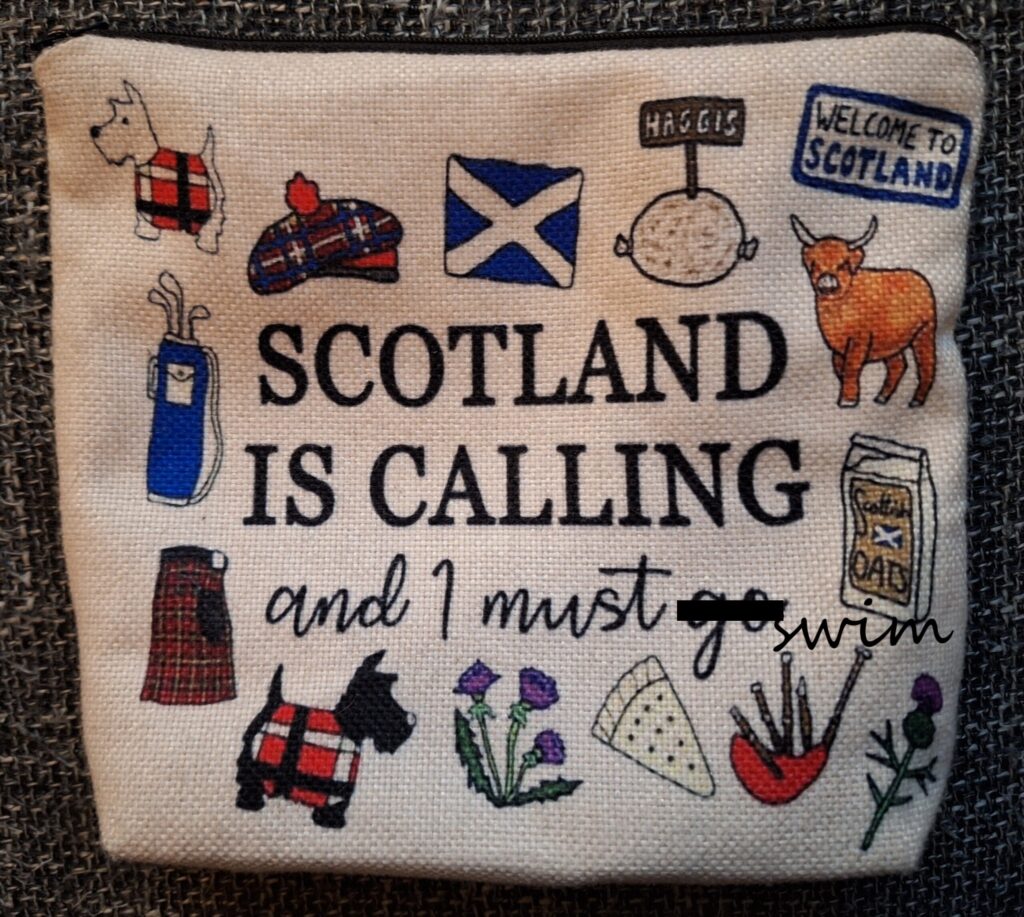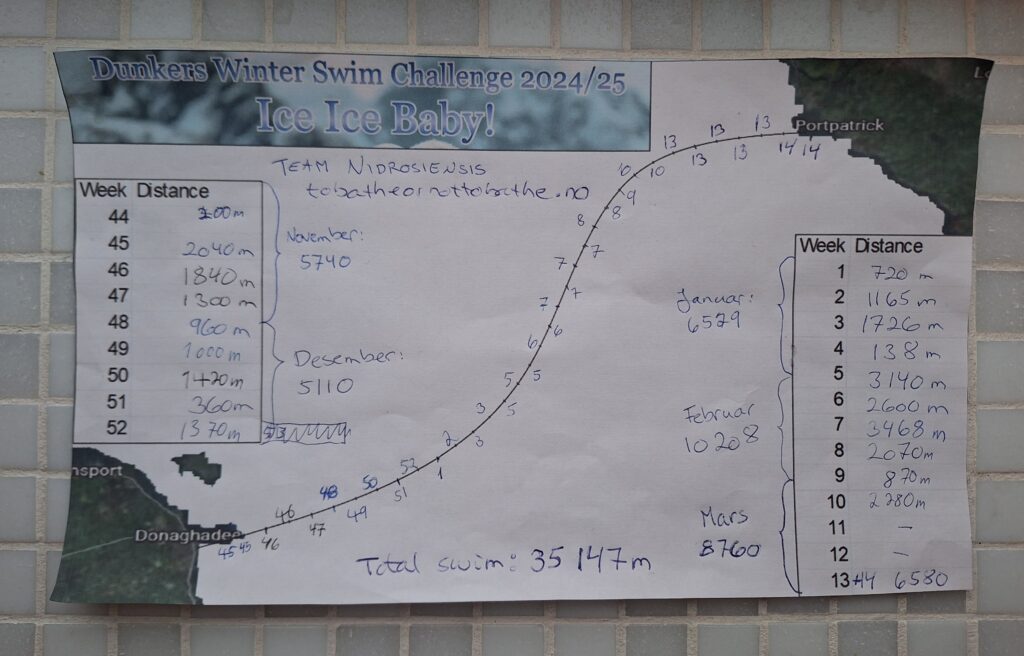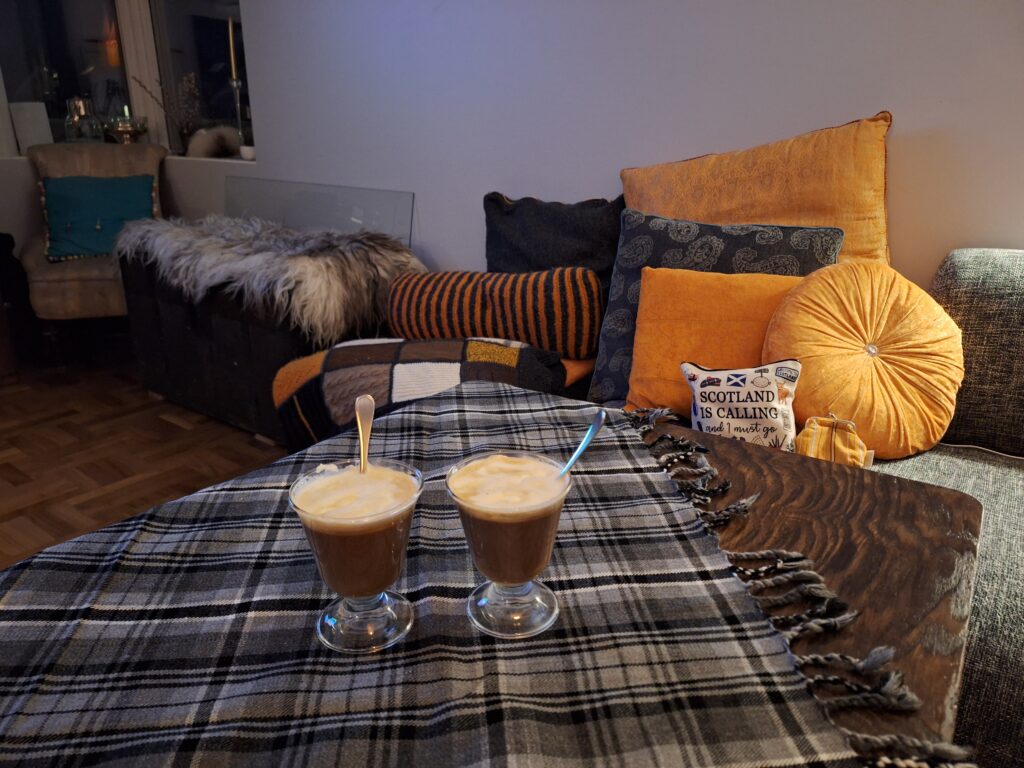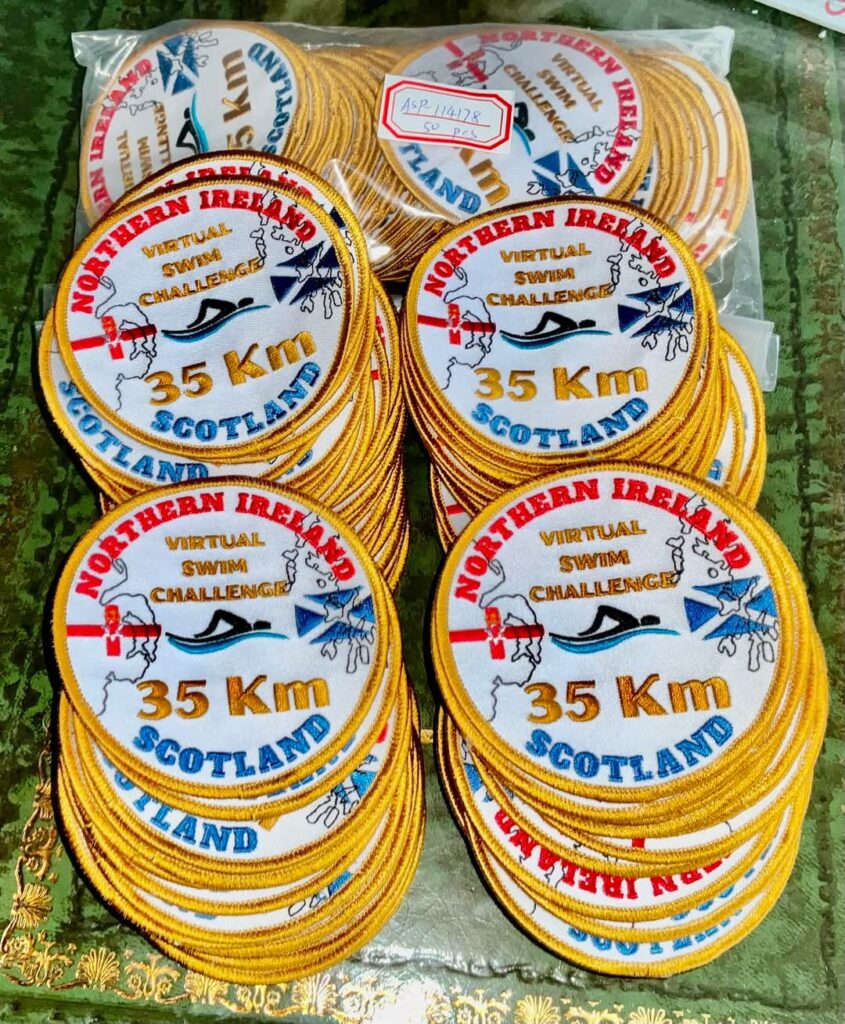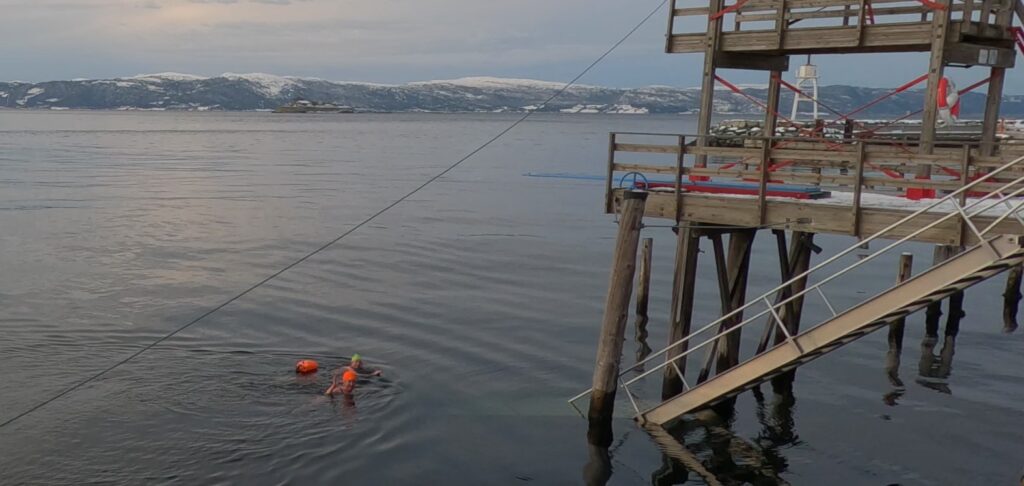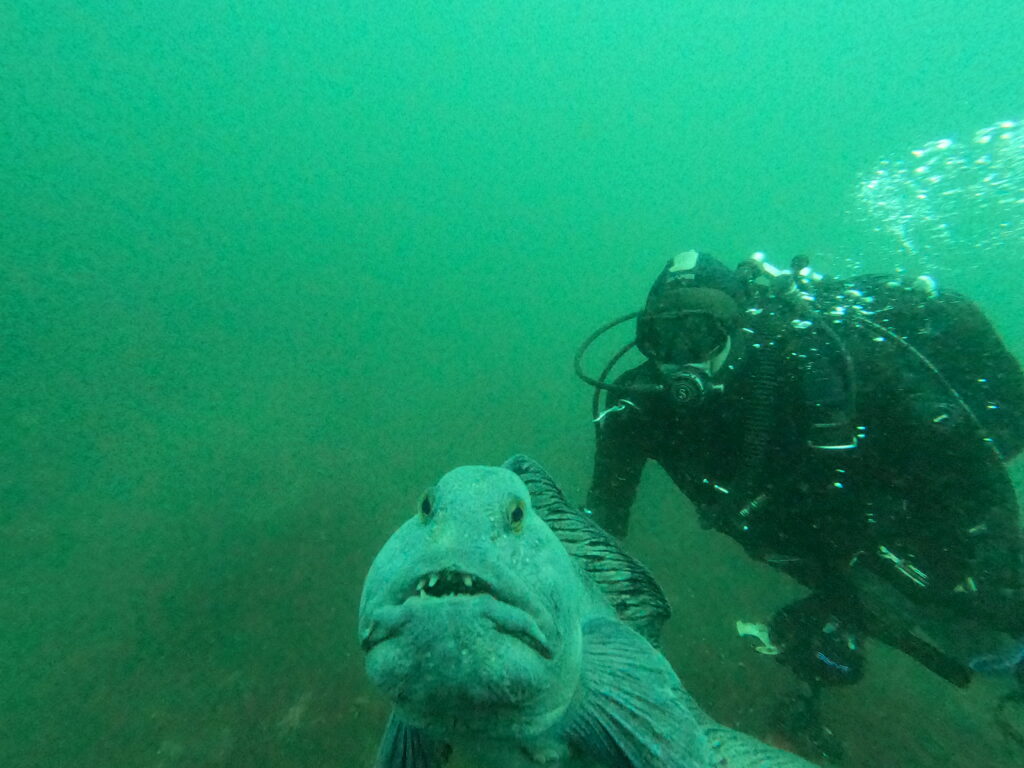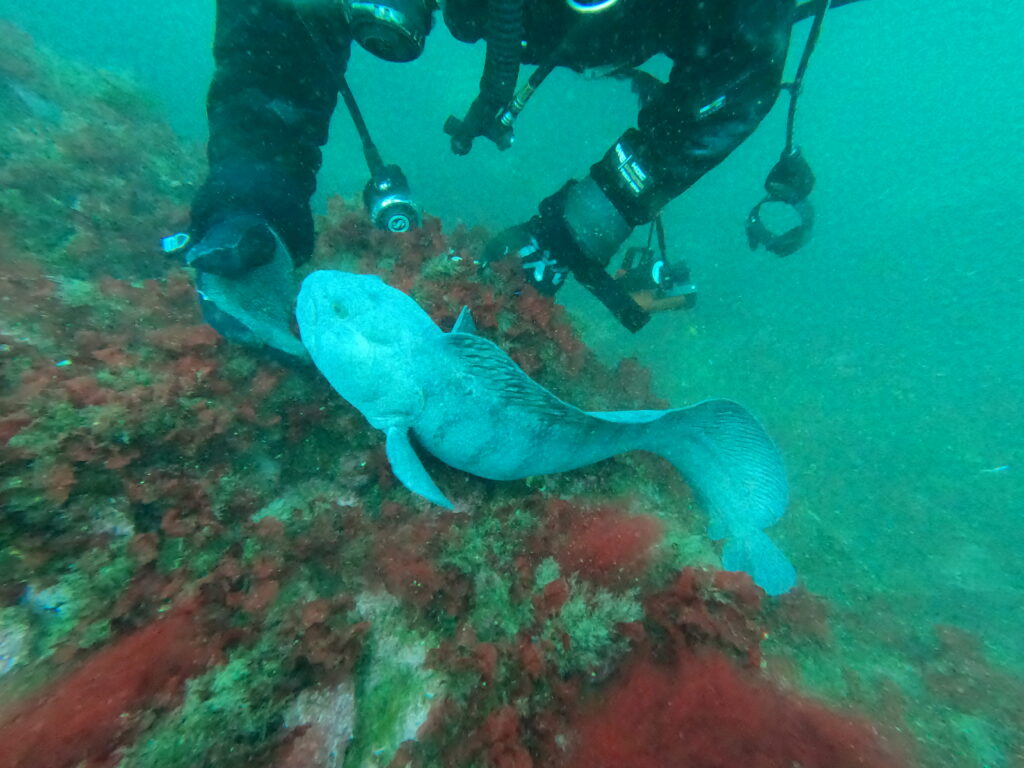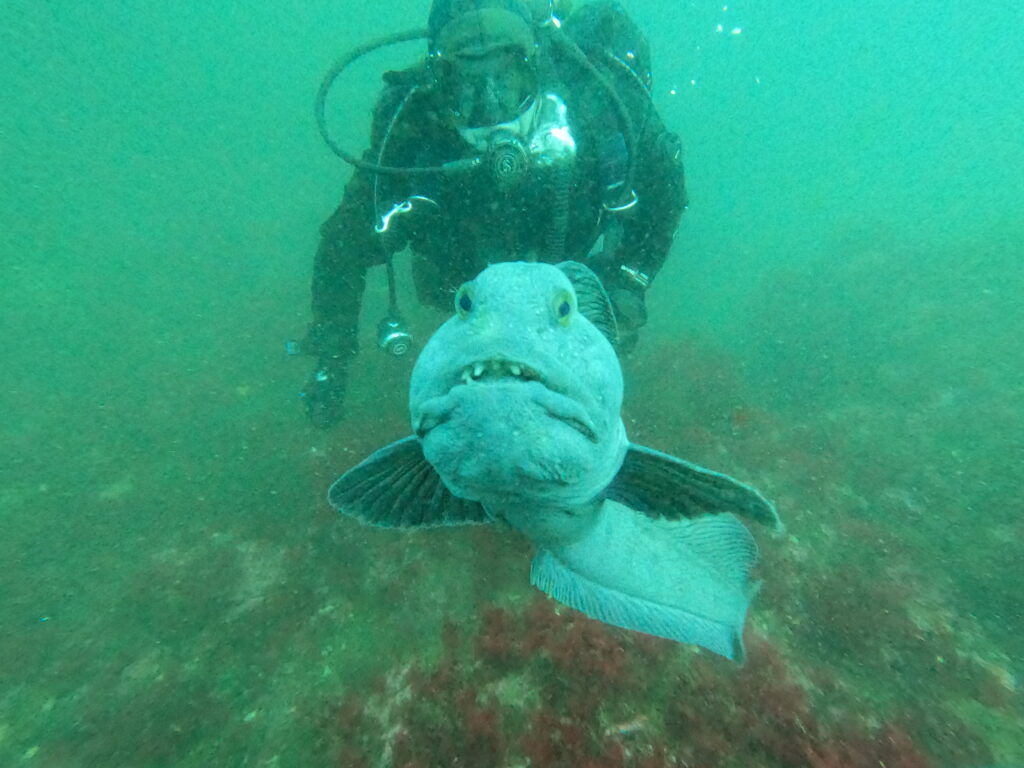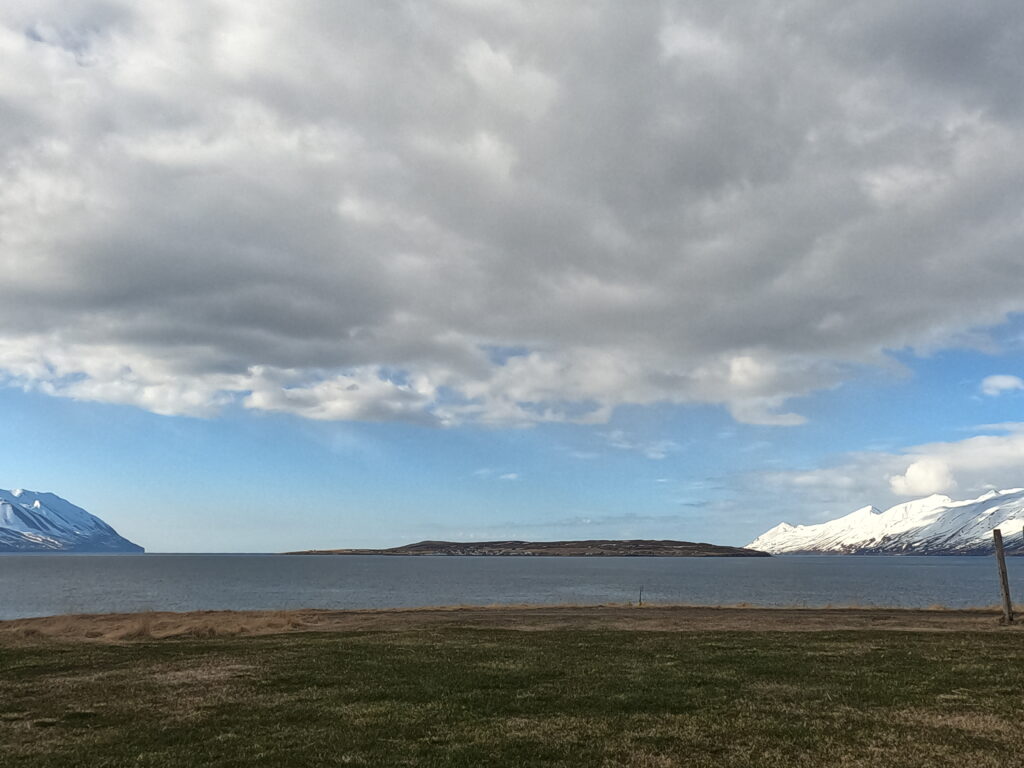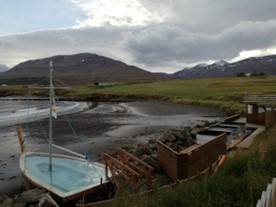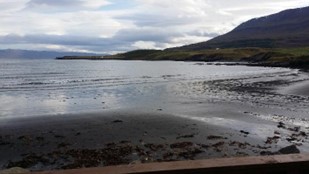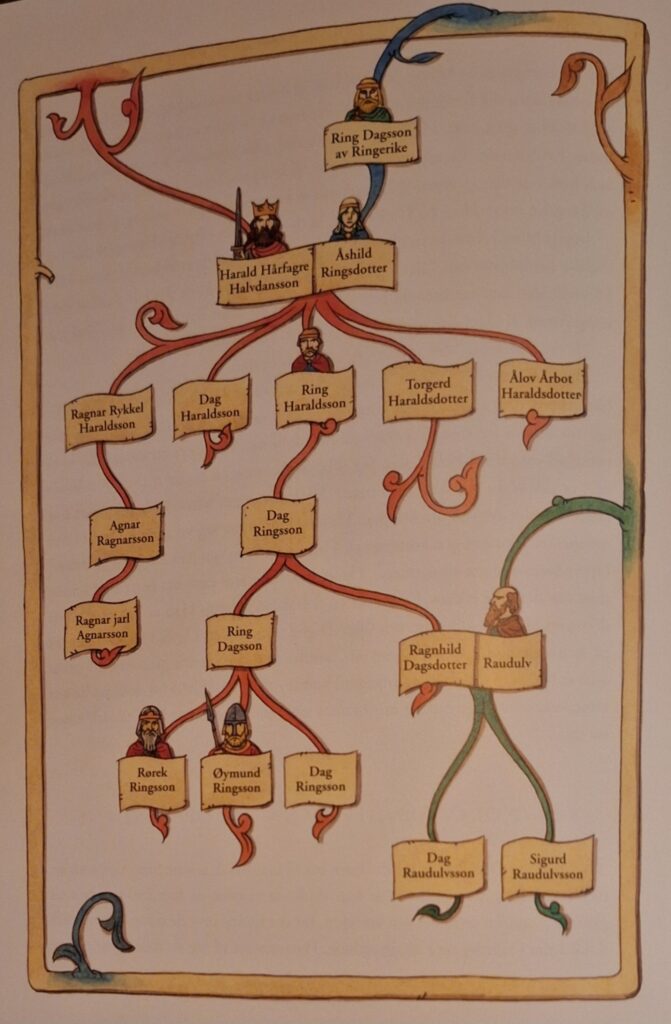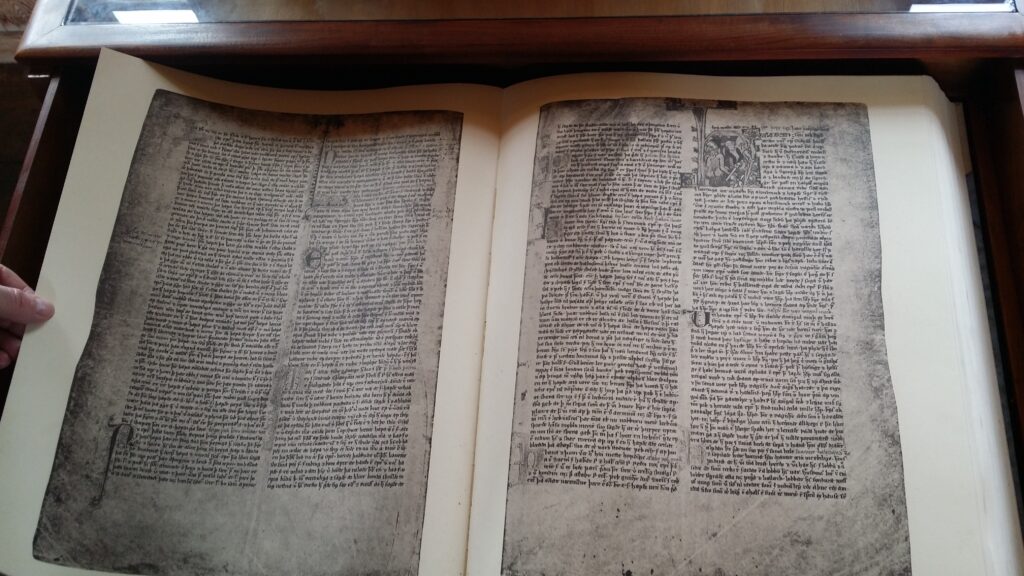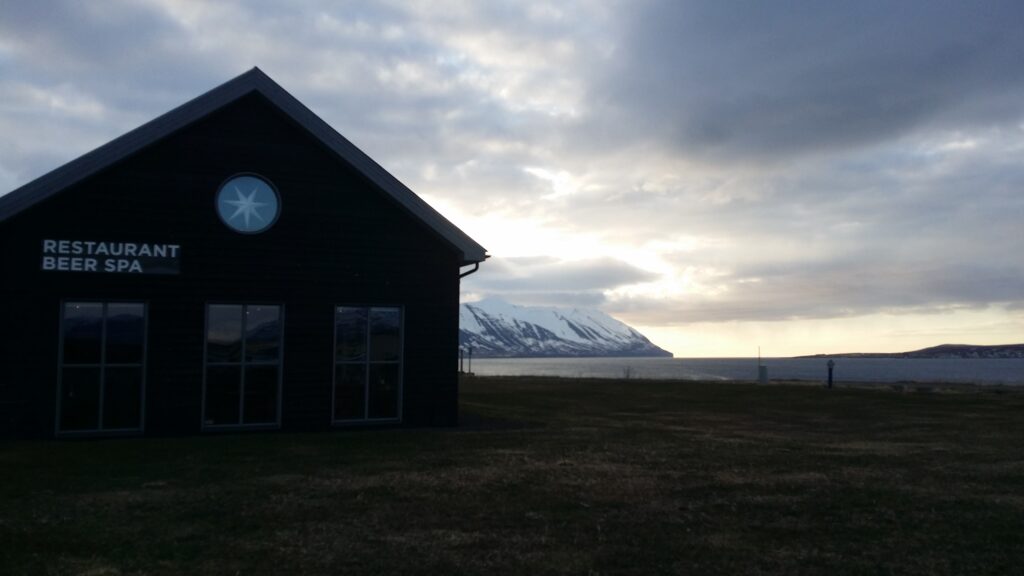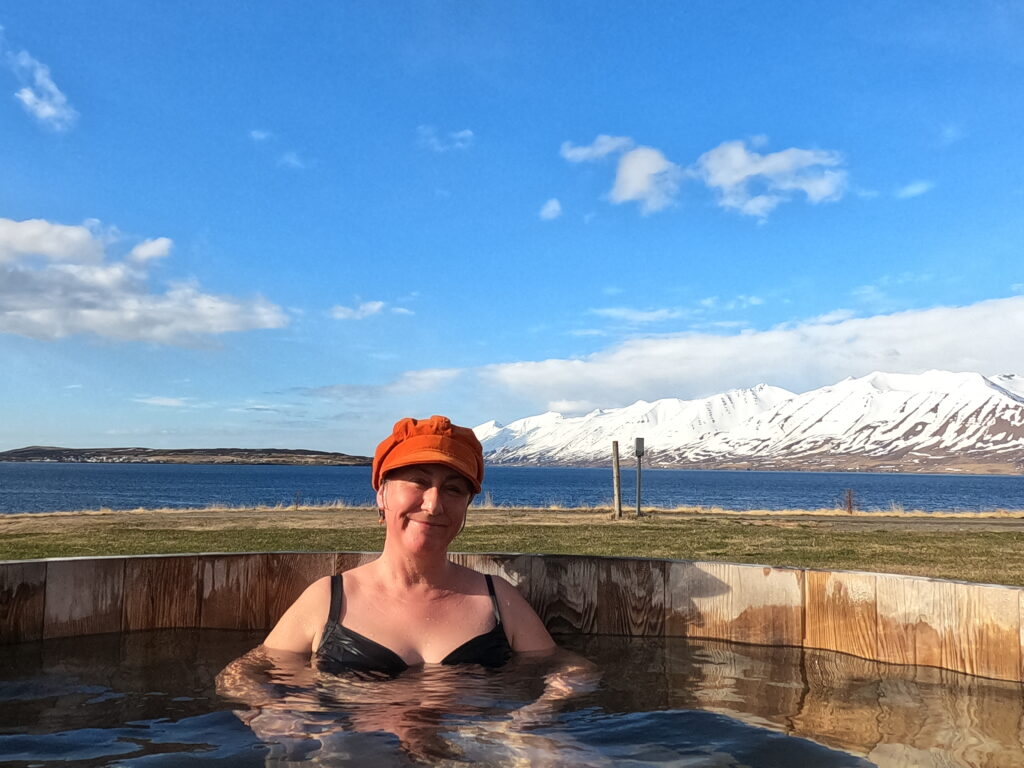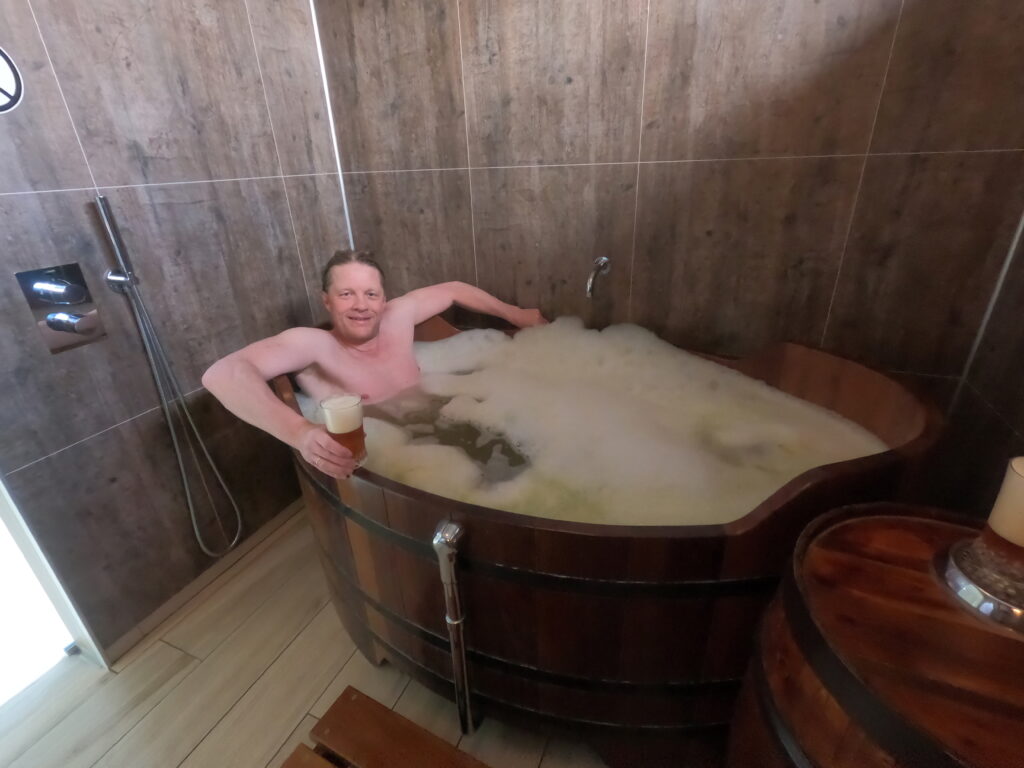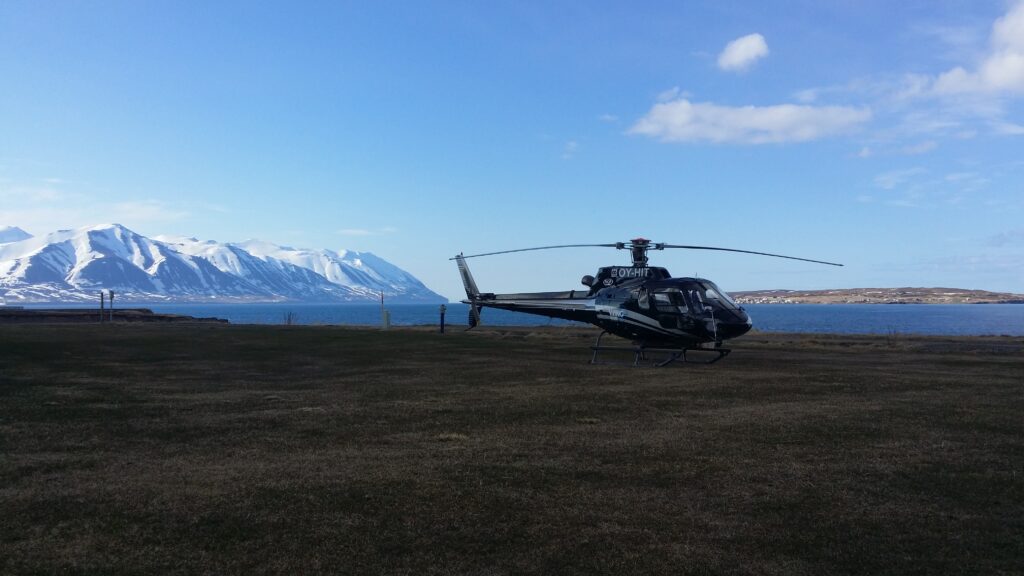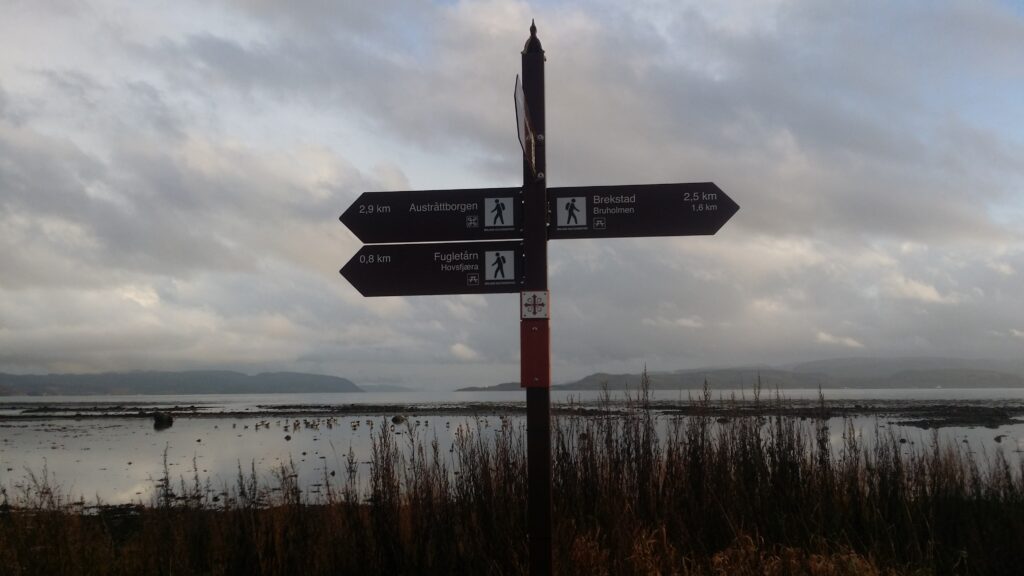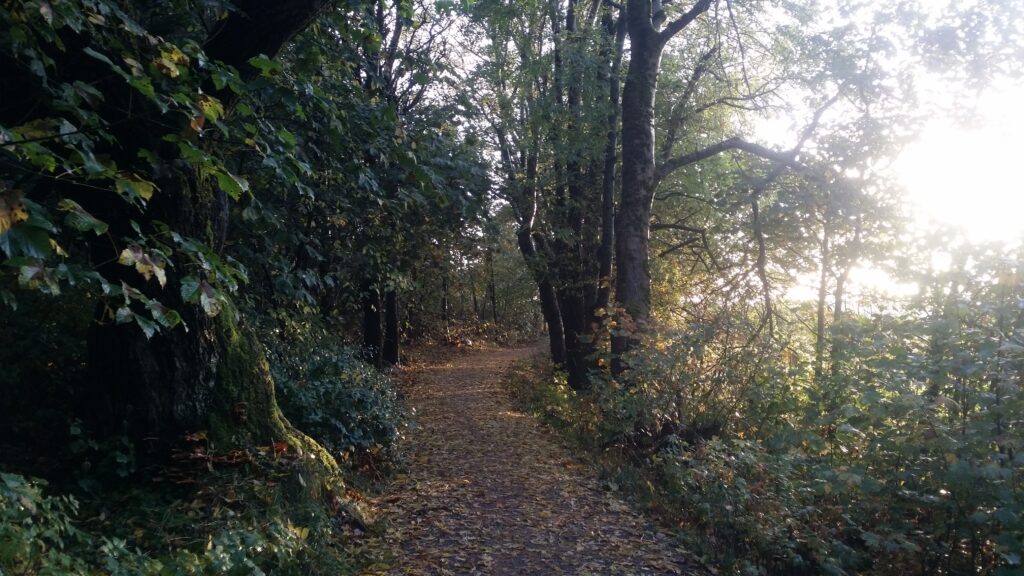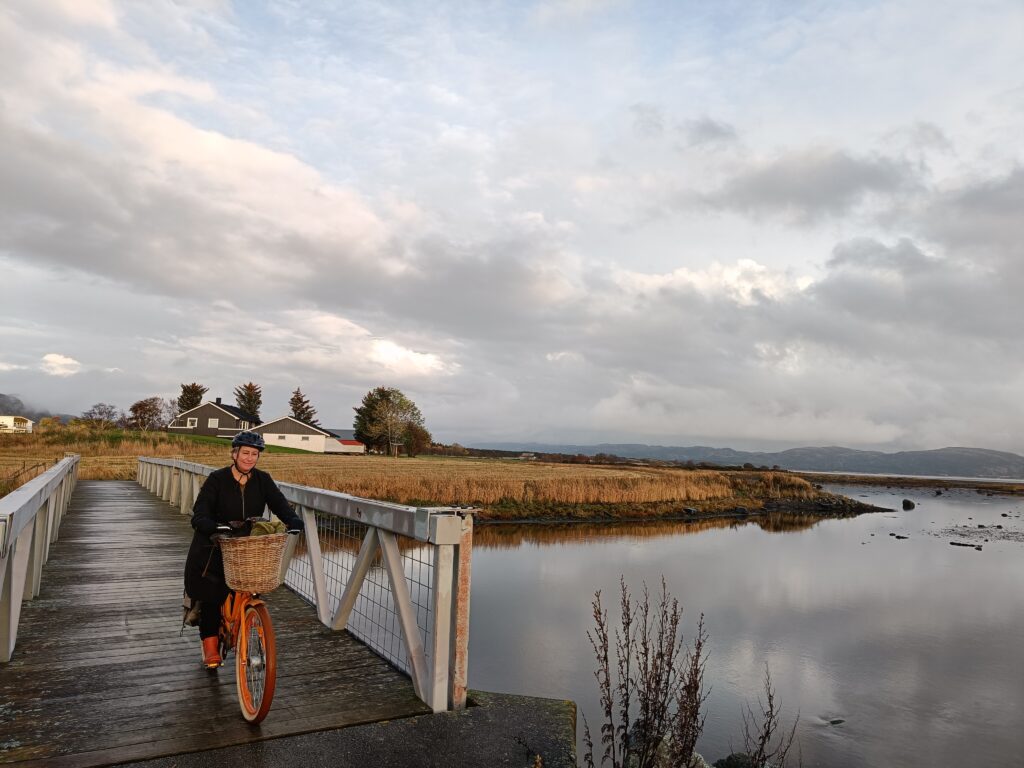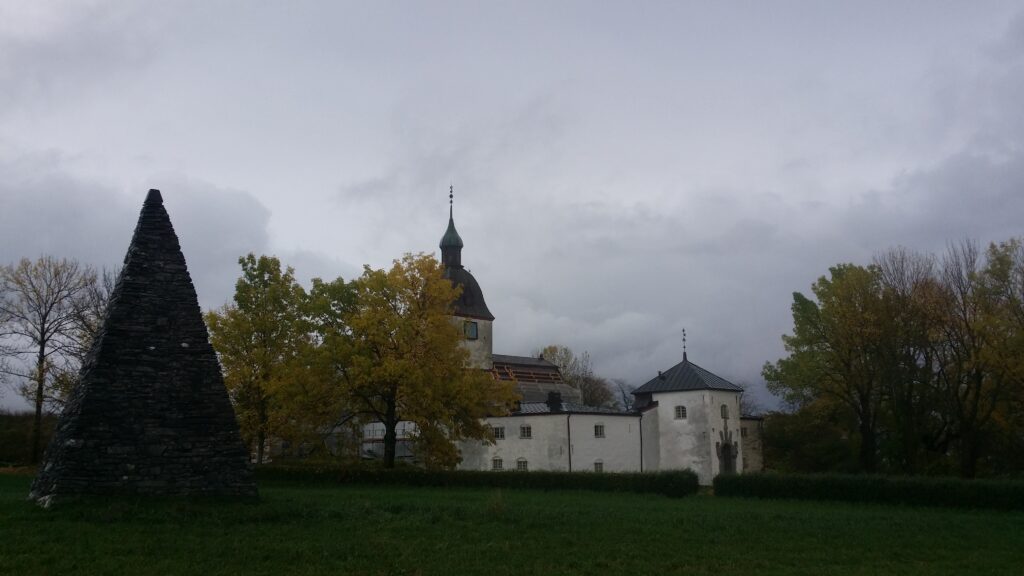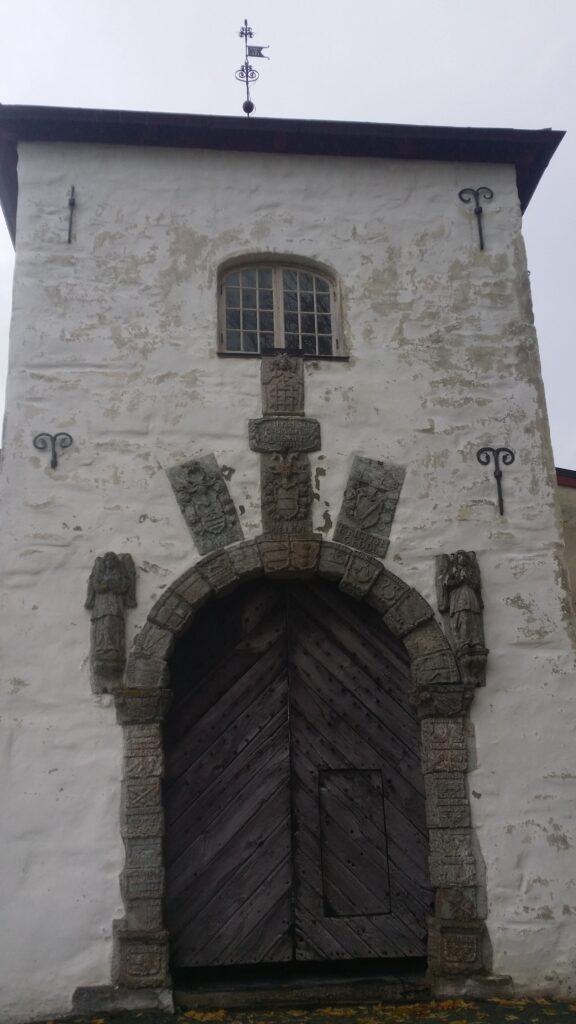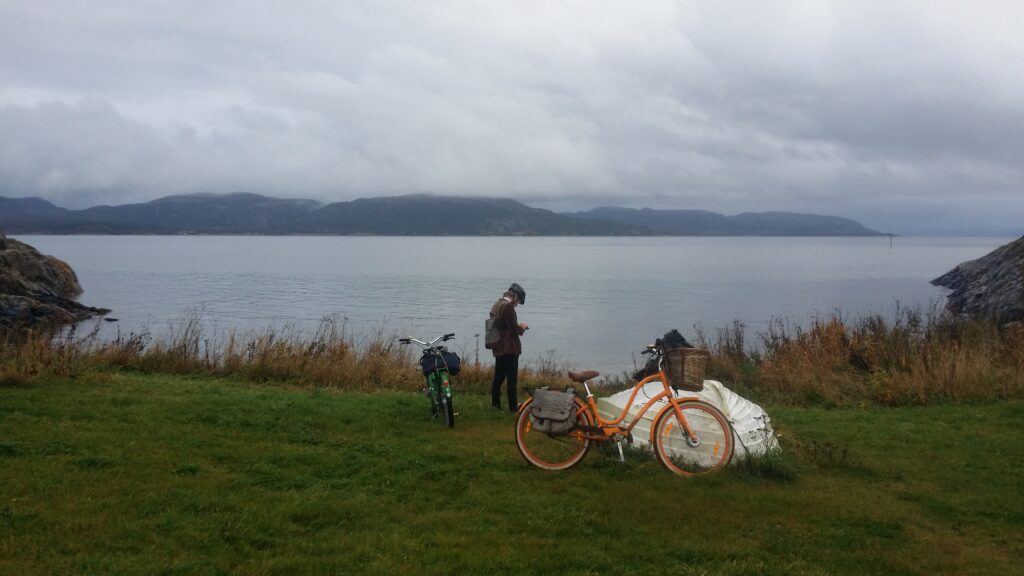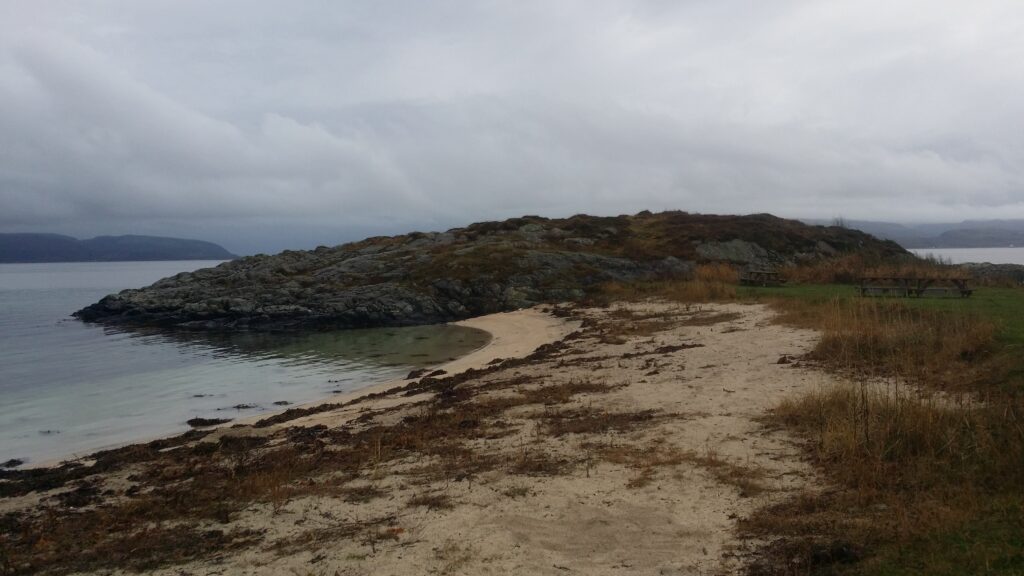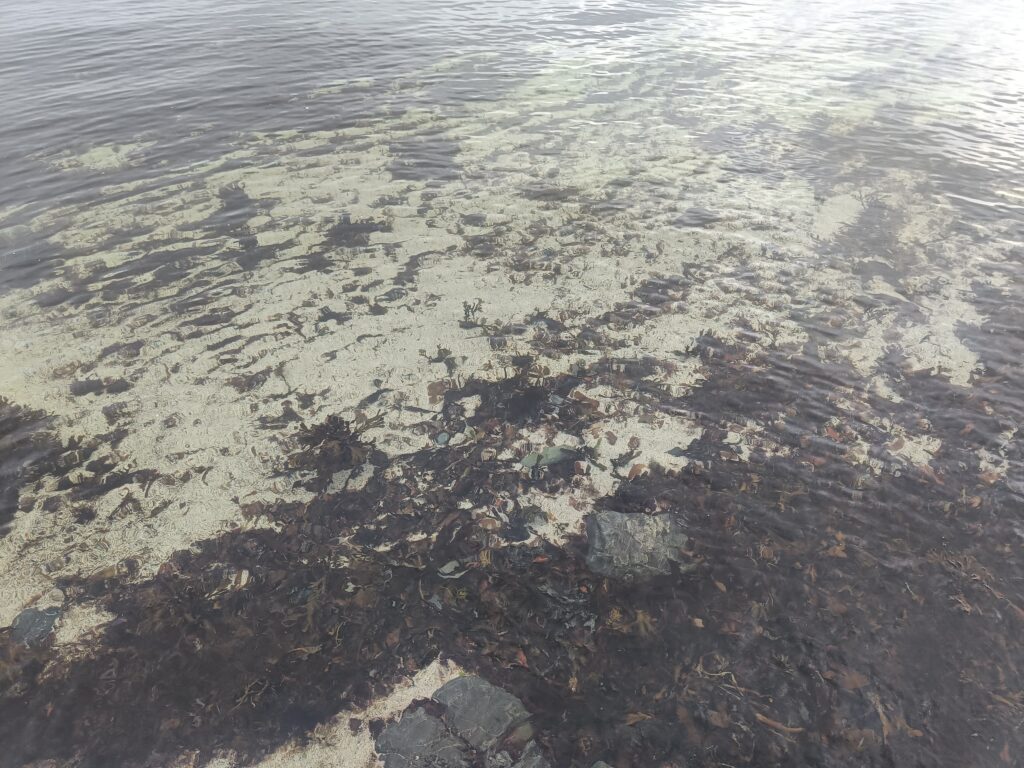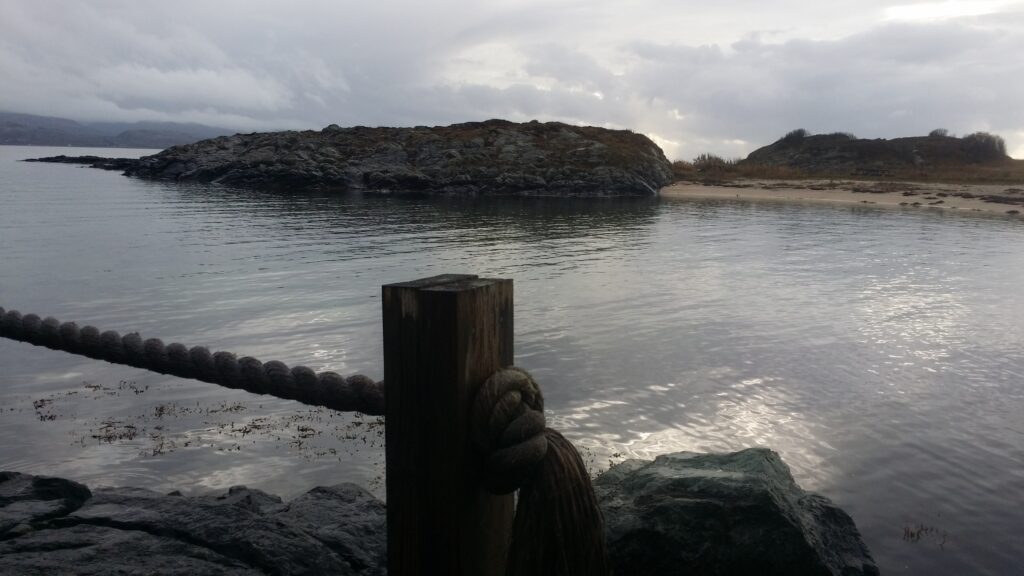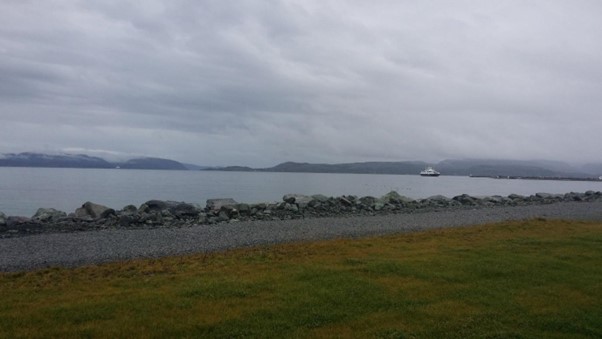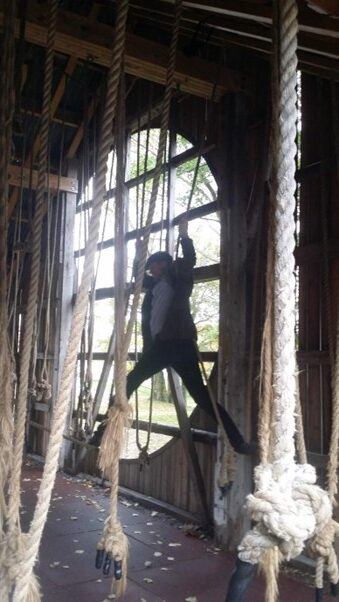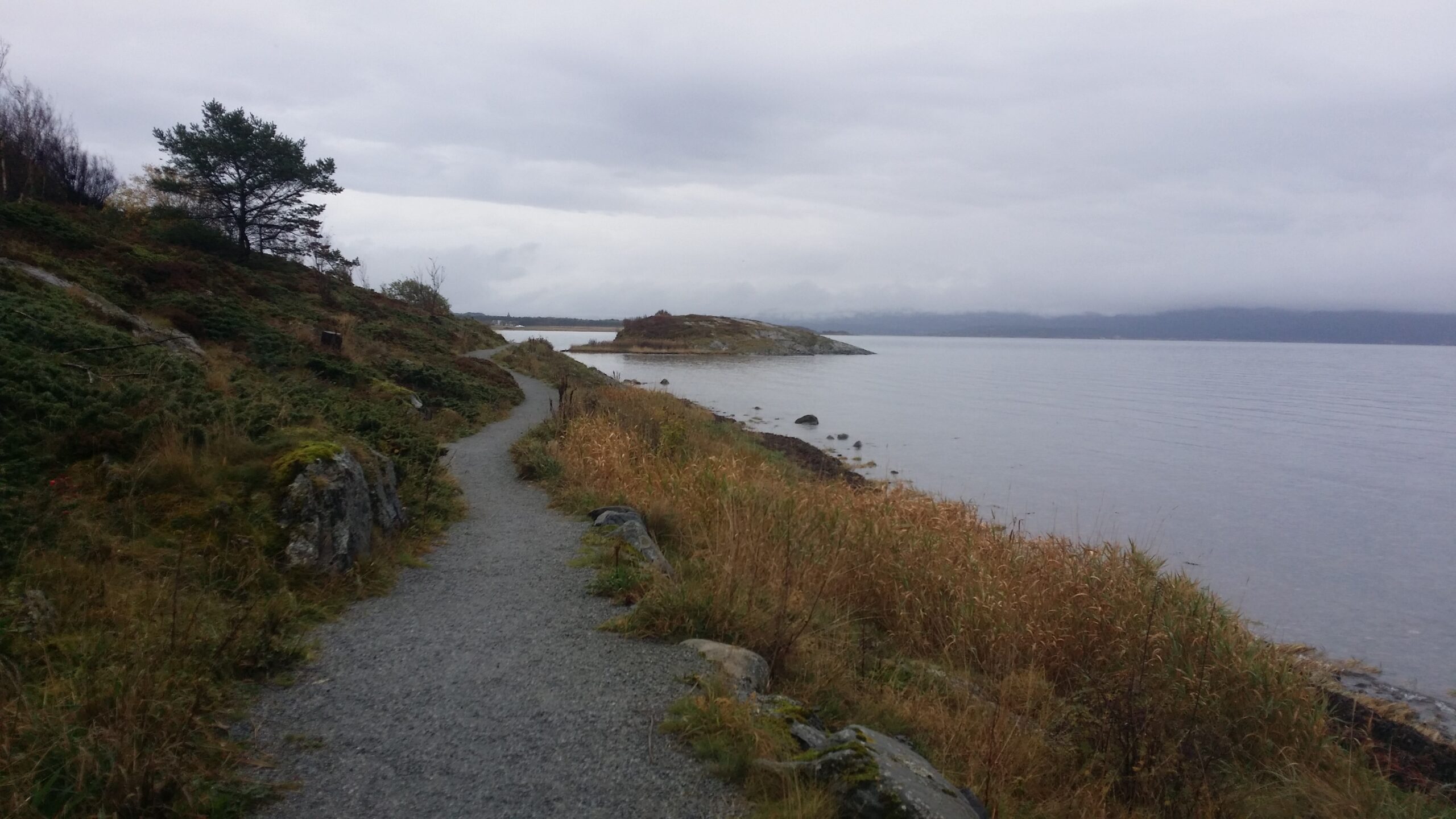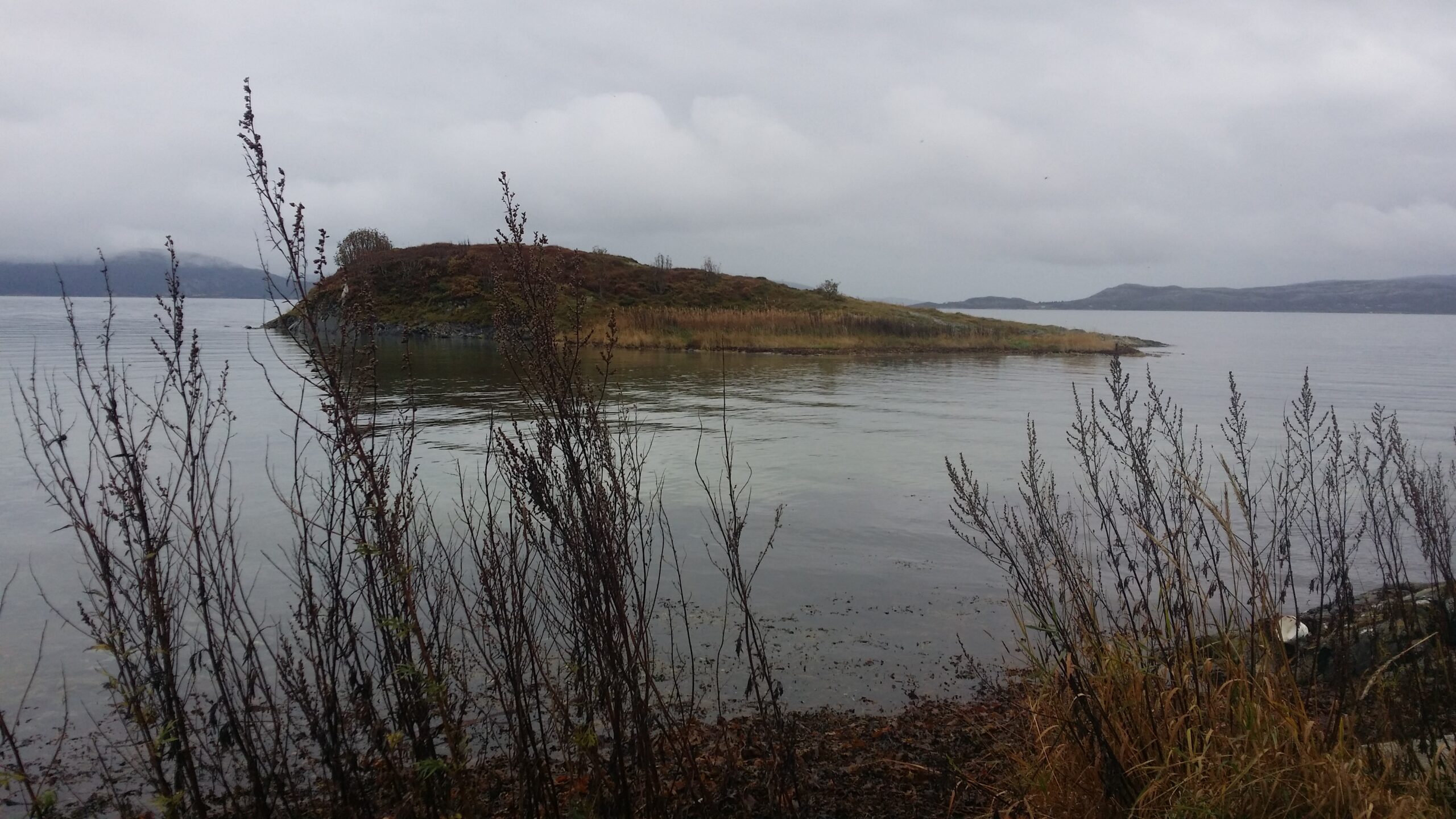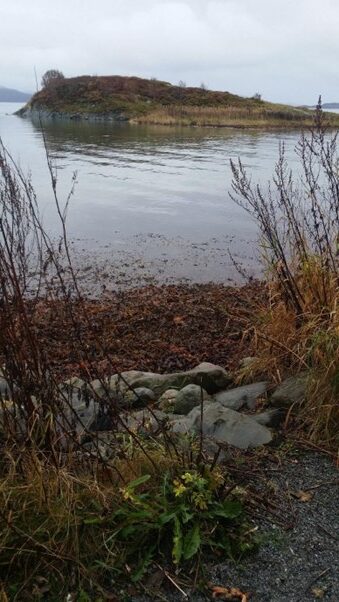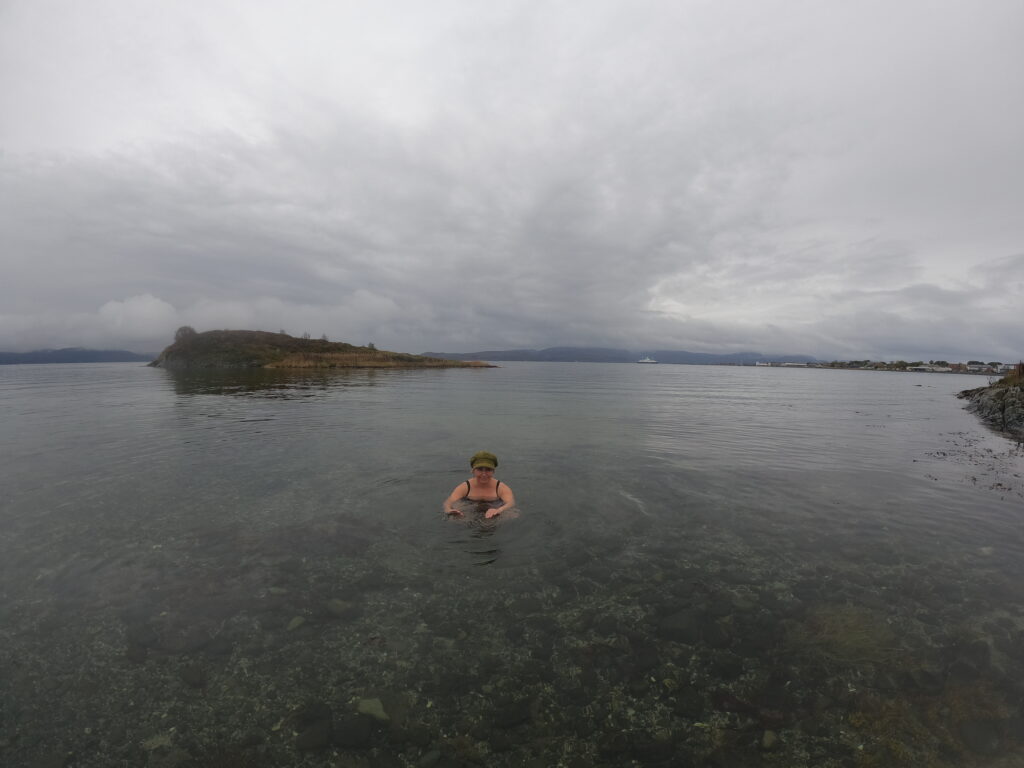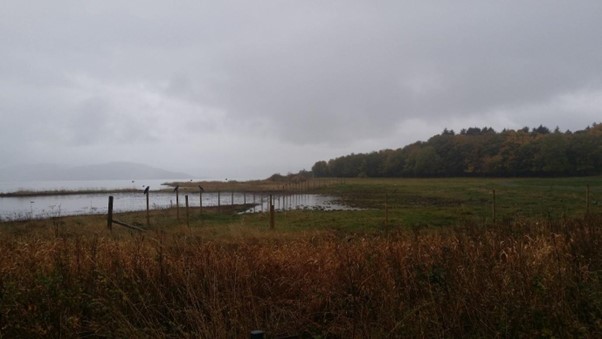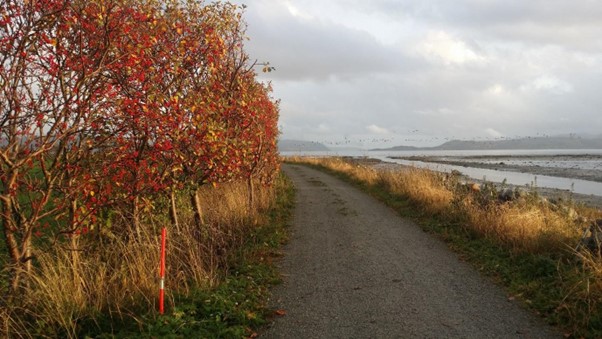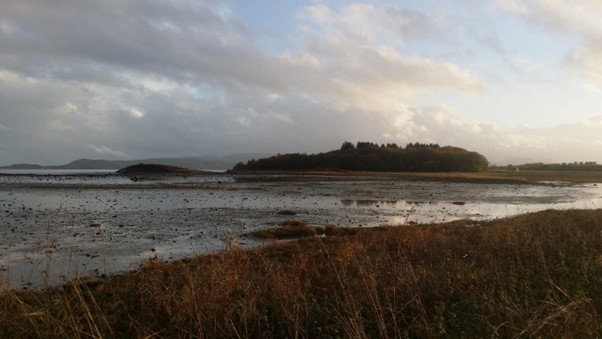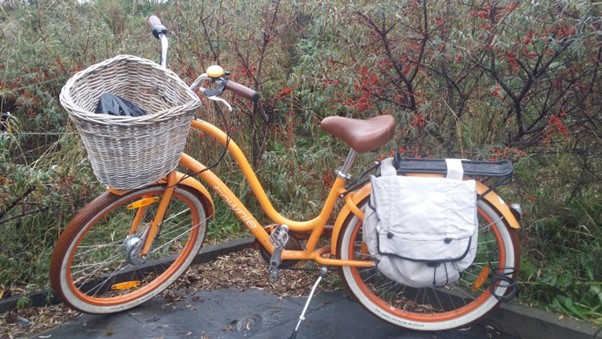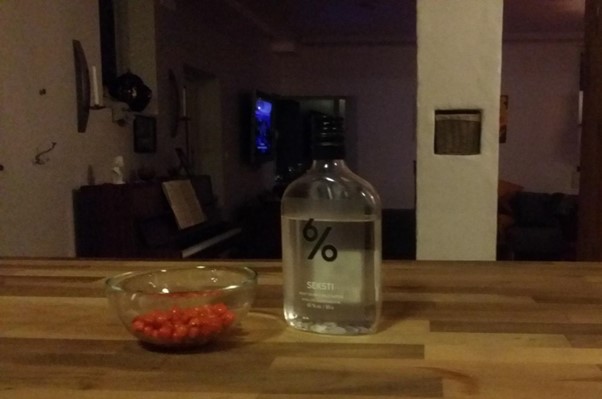Half of Tobatheornottobathe was born and raised in Svalbard, and as a member of a large family, there are always new opportunities for festivities at 78° North. In recent years, there have been several confirmations, since Idun’s older sister Jorunn has two daughters who live in Svalbard with their families. Thank you very much for the invitations, Mona and Ingrid!
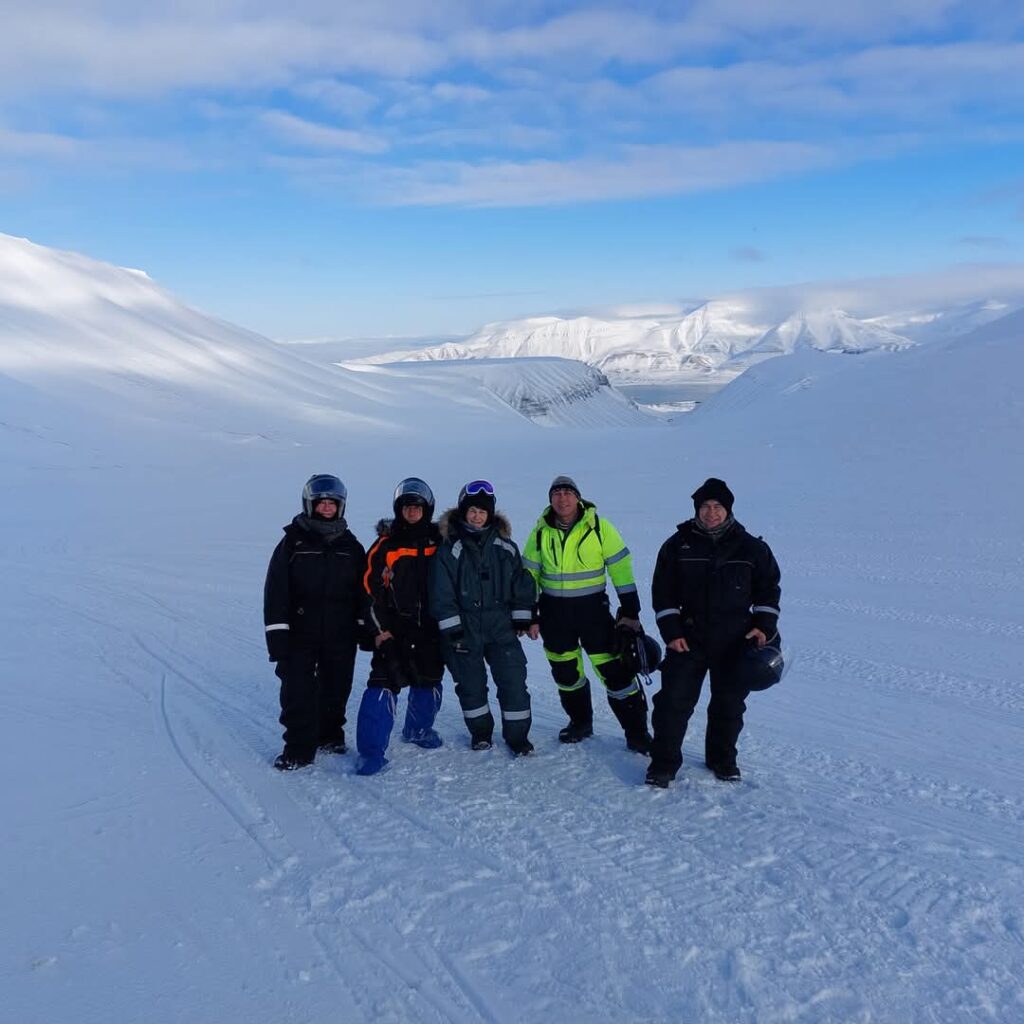
For those of us who grew up in Longyearbyen in the 60s and 70s, it’s nice, but strange, to come back for a visit. The mountains are the same, even though some of the debris (read: cultural relics in the form of coal mining remains) have been demolished or fallen down. The glaciers at the bottom of the valley, however, are much smaller now than they were 50 years ago.
And the city itself! Today, most of the housing construction takes place in Lia, Elvesletta (The River Border) or in Advent Valley – there were no houses in those districts some 60 years ago. Idun grew up in one of the first four houses built in Lia, the so-called ‘Million City’.
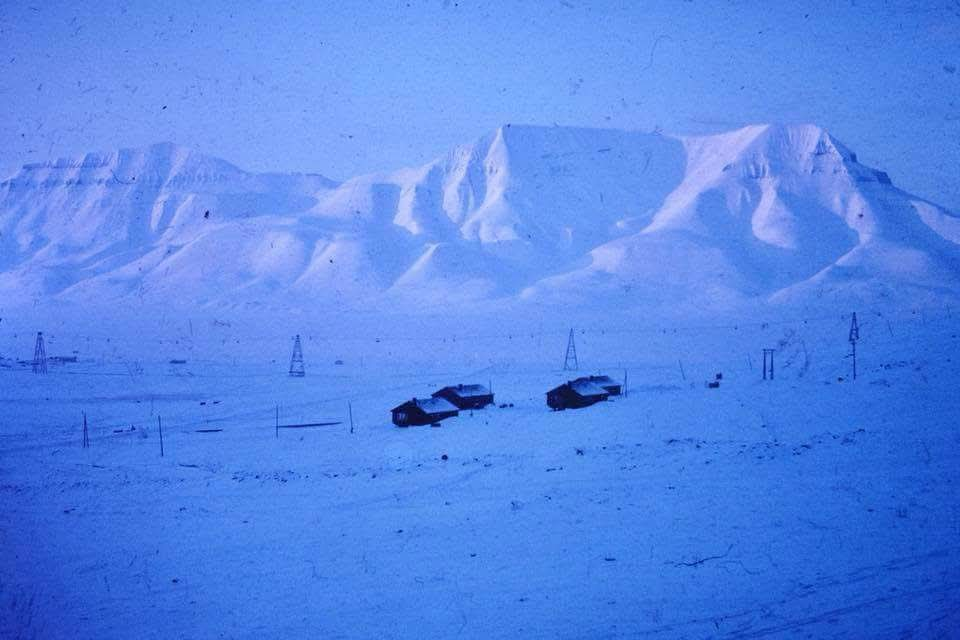
The name ‘Million City‘ came from the price (in NOK). It was shocking that the management spent so much money building single-family homes for themselves. As a mining engineer, Idun’s father was not part of the top management at SNSK, but since he had as many as 5 children, he was given one of the 2 largest houses at his disposal anyway.
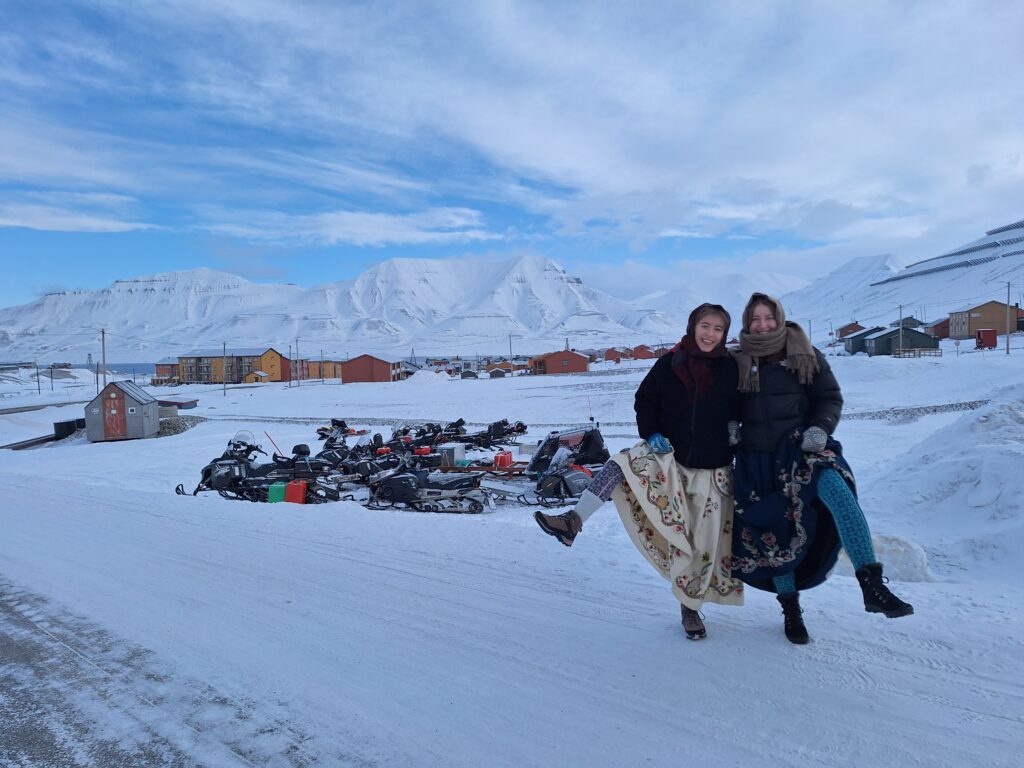
From 1916, Longyearbyen was a so-called ‘Company Town’, where the mining company ‘Store Norske Spitsbergen Kullkompani‘ (SNSK) was responsible for all housing construction, logistics, infrastructure and communications. The vast majority of residents were men, who lived in barracks and ate in the cantine. Family apartments were in short supply, so only white-collar workers could have their families with them. In Idun’s childhood, there was only one shop in Longyearbyen, which sold clothes, toiletries and souvenirs, but no groceries.
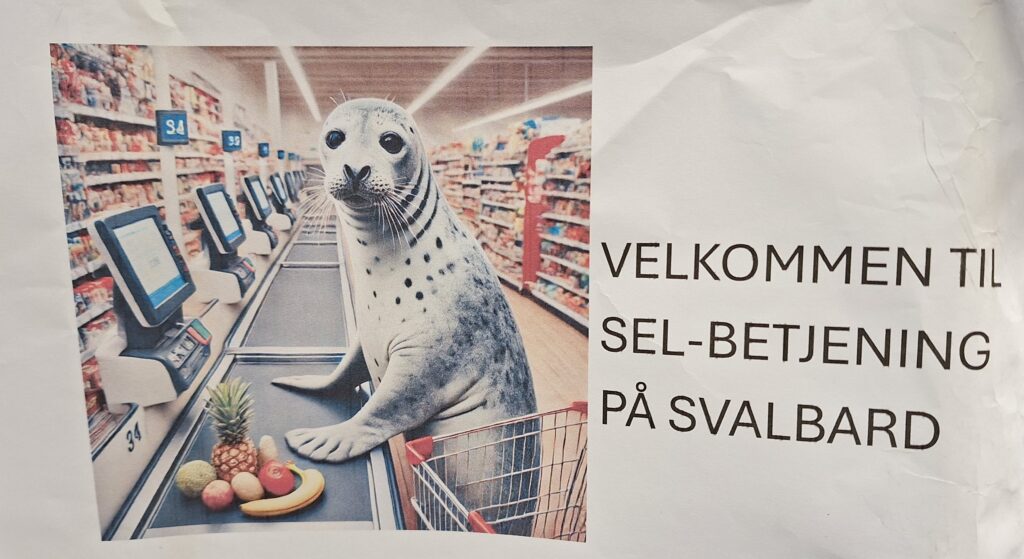
The groceries were ordered from the Provision Store once a month. The housewife therefore had to have a clear idea of what the familiy should eat the following month when she filled out the order list. No wonder then, that Idun’s mother made a minor mistake when she was ordering laurel leaves for her Christmas preparations in 1954. She needed several kilos of both flour and sugar, so 1 kg of laurel leaves was ordered at the same time. ‘Kari Løwø has ordered 1 kilo of laurel leaves! She shall definitely get it!‘… said the guys at the Provision Store. There were no laurel leaves left for the other wives that winter…
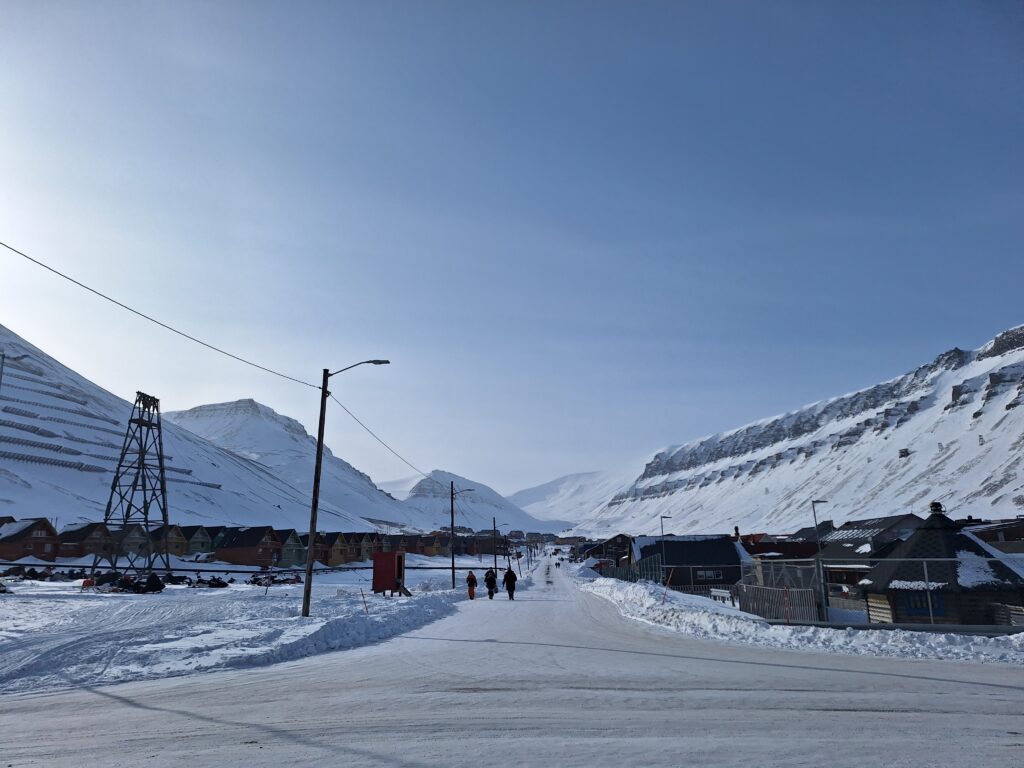
Another thing that makes life in Longyearbyen 2025 very different from the 1960s and 70s is that the fjord no longer freezes. When Idun was a kid, SNSK organized a fall festival in November, as the last boat had left Isfjorden. After that, there was no possibility of traveling down to the mainland or getting visitors from Norway before the first boat arrived – in May. What was in Longyearbyen stayed there, and nothing new was added – except a few newborns. In the winter of 1965/66, 5 children were born in Longyearbyen, and Idun was one of them.
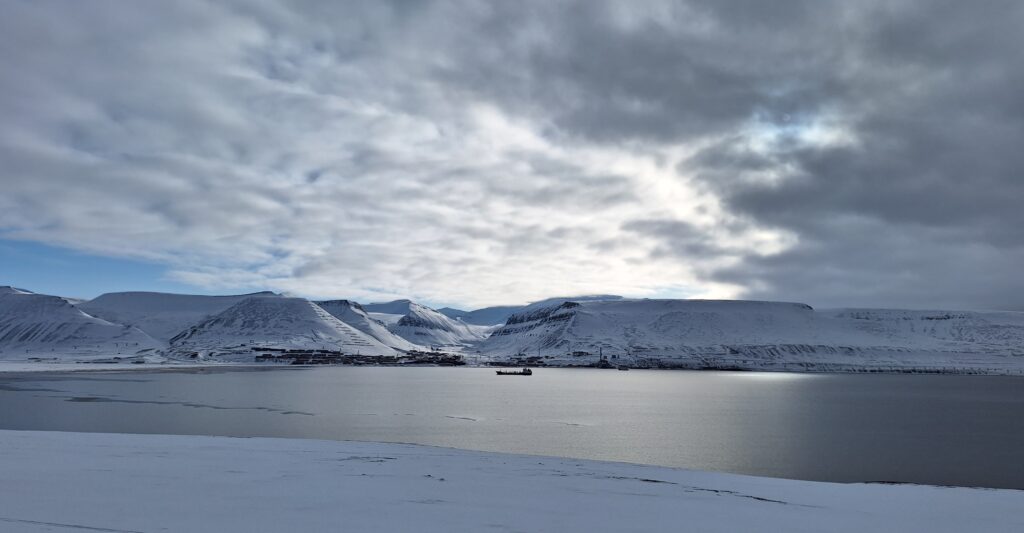
No new viruses would enter either. Flu epidemics in January were cancelled! But let’s not dwell in the past any more. We consider development a necessary task, and have to realize that there is (at least) one practical advantage of the fjord not freezing during winter: Bathing is much, much easier in open water!
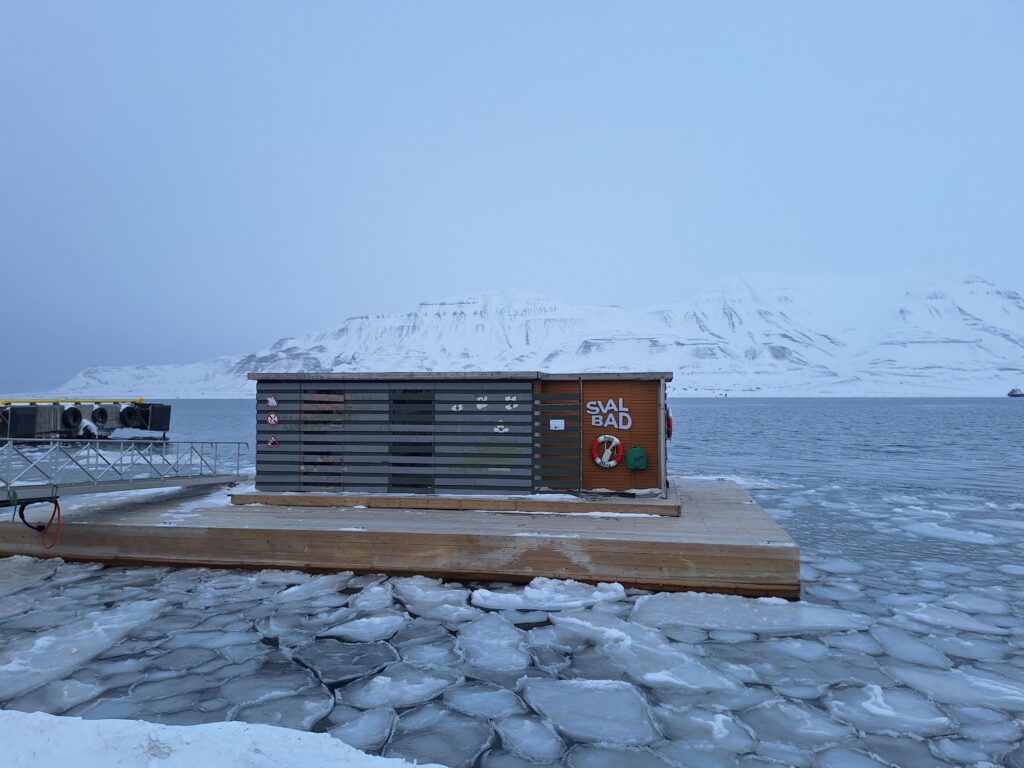
As happy winter bathers, we just had to rent the Svalbad Sauna, as at least half of the Tobathers are also extremely fond of saunas.
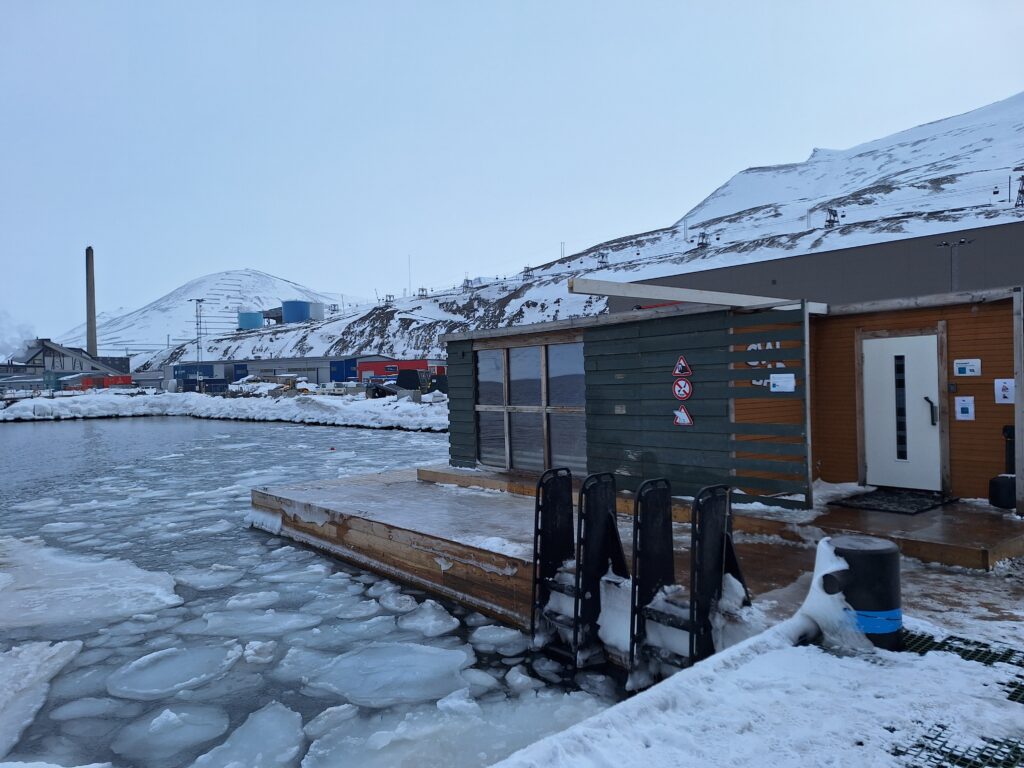
We were hoping for a big turnout from the family, but many didn’t have time amidst all the confirmation preparations. The attendance was just Hilde and Vegard – but they went ‘all in‘, and it was a really great experience!
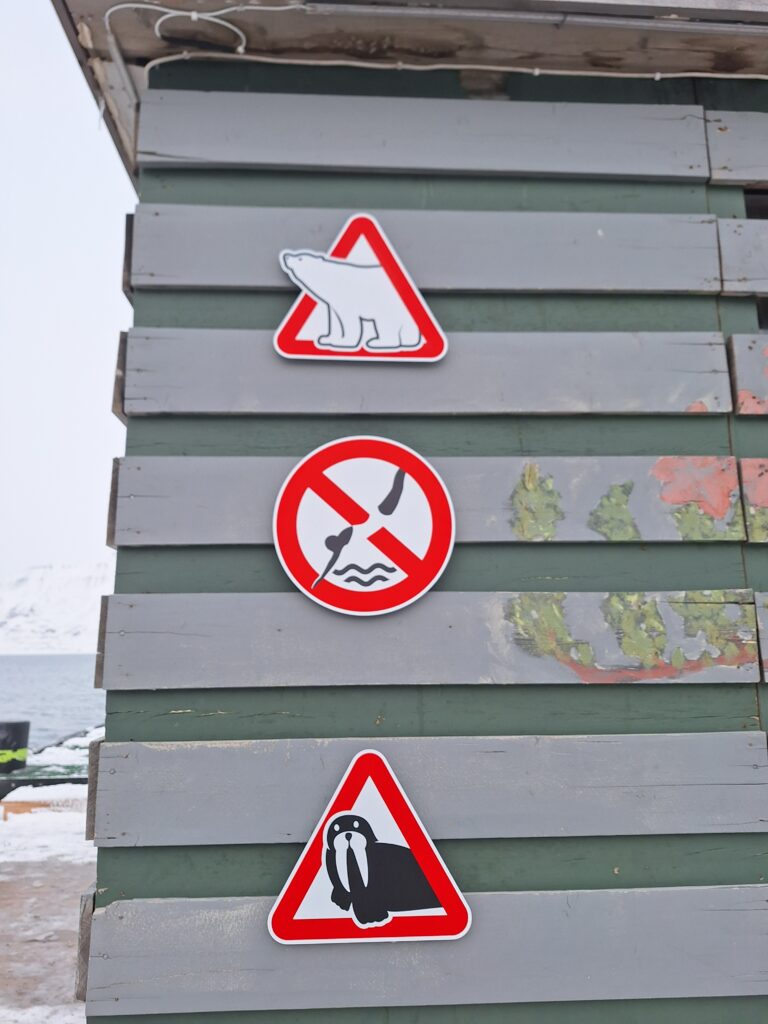
The temperature was minus 18 degrees Celsius in the air (April 12th), and maybe minus 2 in the water? In the absence of large animals, Idun and Knut tried with varying success to pretend to be seals on the ice. We had lots of splendid baths!
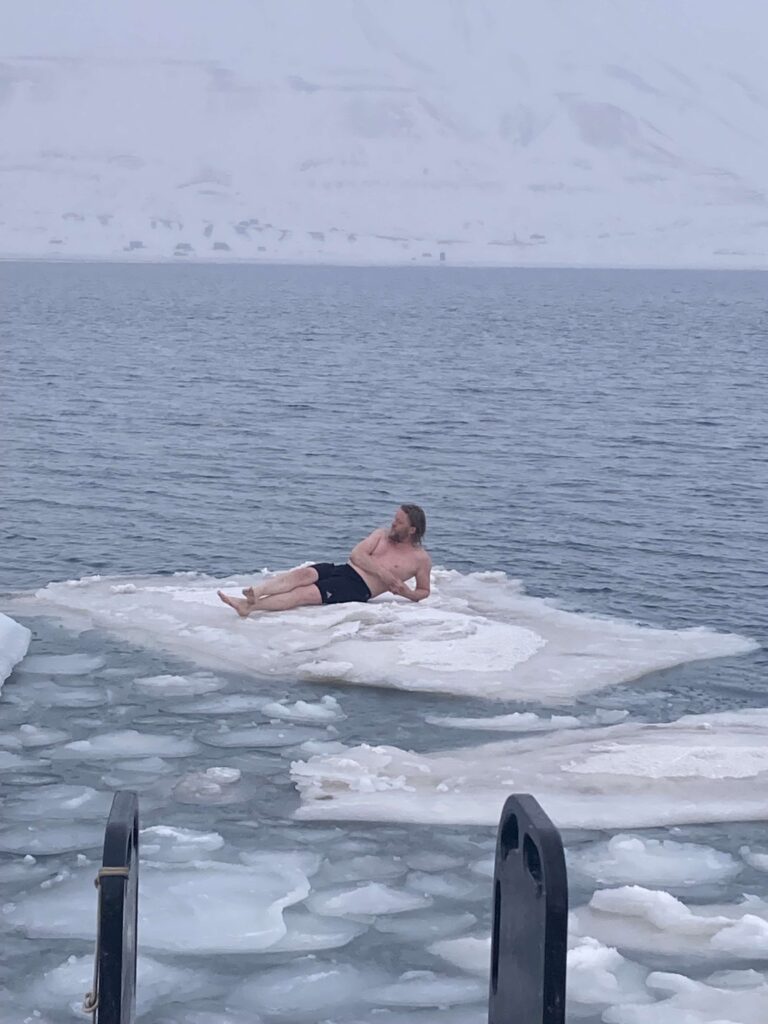
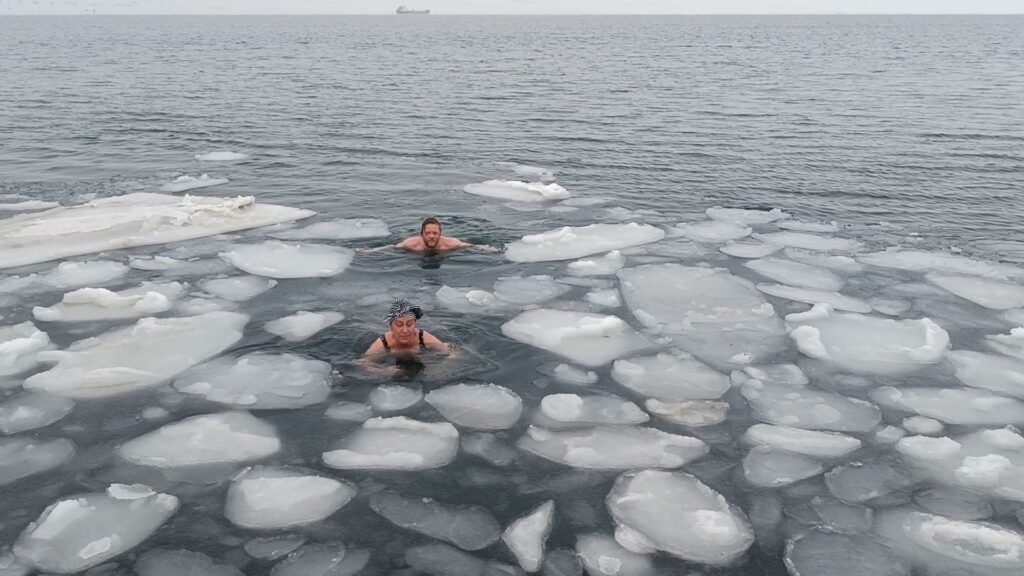
Conclusion: Svalbaths are great fun, even without encountering large animals. But it turns bloody when you try to pretend to be a seal with your thin human skin.
